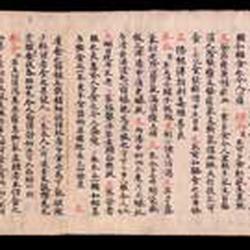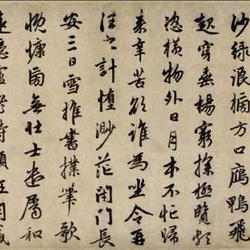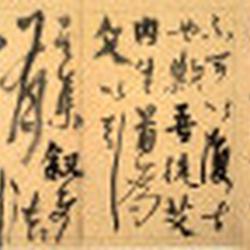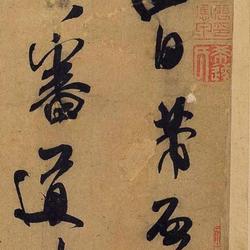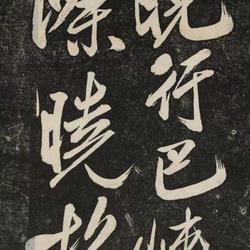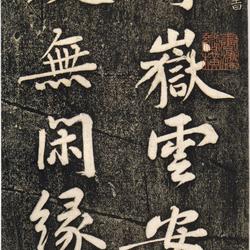introduce:
The full name is "The Epitaph of the Beauty Dong's Family", also known as "The Epitaph of the Beauty Dong's Family". Names of those without books on the stele, carved in the 17th year of Emperor Kaihuang (597) in Sui Dynasty. The writer of "Dong Meiren's Epitaph" is Shu Wang Yang Xiu, the fourth son of Emperor Wen of the Sui Dynasty. Dong Meiren was his beloved concubine. She died at the age of nineteen. Yang Xiu wrote an article to express her condolences. Line 21, line 23 words.
Artistic value and characteristics:
Sui people's calligraphy is the Jinliang from the Northern and Southern Dynasties to the Tang Dynasty. "The Epitaph of the Beauty Dong's Family" just reflects this. It is the top-grade epitaph of the past dynasties. The calligraphy layout is neat and meticulous, the knots are respectful and rigorous, and the brushwork is delicate and subtle, elegant and graceful. Judging from the face of the font, the script is pure, and the official meaning is exhausted. It is very different from the lower case letters of the Jin people and the epitaphs of the Northern Dynasties. The unconscious feeling. Qing Luo Zhenyu spoke highly of him: "It was Dabei from Kaifa to the Sui and Tang Dynasties. In recent times, the Sui Dynasty engraved to "Dong Meiren", "Wei's Girl" and "Zhang Guinan" three Zhishi, especially exquisite."
This chronicle can be called a masterpiece among the original works of the Sui Dynasty. It is the Jinliang between the Northern and Southern Dynasties and Tang Dynasty. "Dong Meiren Epitaph" is the first in Sui Zhi's lower case. It is the top grade of epitaphs in the past. The layout of his calligraphy is straightforward, sparse, neat and meticulous, with respectful and rigorous knots, good bones and muscles, fine and reserved brushwork, and elegant and graceful. Those who learn this will be able to get rid of the dust and tackiness.
Although Dong Meiren's epitaph is based on square brushes, its turning hooks and corners do not show the corners, giving people a sense of warmth. If beginners use the Tang stele as the basis and the north stele to seek change, this will be somewhere in between. , Can be used as a transitional work from Tang to Wei. "Dong Meiren's Epitaph" is intact, and there is no trace of official script in the pen. It is a fairly mature regular method. The structure of this book is well-formed, and it is moderately short. This chronicle can be called a masterpiece among the original works of the Sui Dynasty. Qing Luo Zhenyu's evaluation: Kaifa to Sui and Tang Dynasties was Dabei. In modern times, it has been handed down to "Dong Meiren", "Wei's Daughter" and "Zhang Guinan" Three Zhishi, especially exquisite.
"Dong Meiren's Epitaph" shows the beauty of bones and beauty, but also reflects the upright and dignified style. Although this inscription is not big, it is exquisitely written and looks like a beautiful woman. It is actually a wonderful flower in the Sui Dynasty Shuyuan. The pen is serious and the words are rigorous. Throughout the text, the grasp of the characters and the characters, the lines and the lines is neat and tidy, and the pen obviously inherits the traditional techniques, combining the radius and the circle, and both hiding and revealing.
The original monument and rubbings are circulated:
The original stone was unearthed in Xi'an, Shaanxi during the Jiaqing and Daoguang reigns of the Qing Dynasty. It was obtained by the official of Shanghai Lu Junqing, Shaanxi Xingping, and returned to Shanghai Xu Weiren. In the third year of Xianfeng (1853 AD), during the peasant uprising war of the Shanghai Small Sword Society, the original stone was destroyed and lost. The Xu's rubbings are rarely circulated, and the unearthed rubbings are especially rare. The selected books on this site are Beijing Library, Peking University Collection, Japan Mitsui Library, and Xu Weiren's Rubbings.
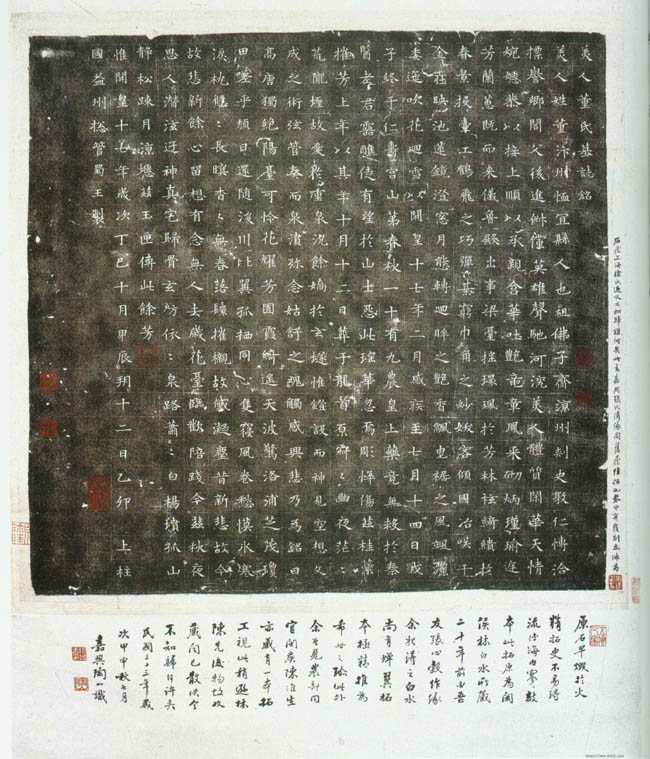
"Dong Meiren Epitaph" Collected by Lin Baishui, Fujian, Beijing Library
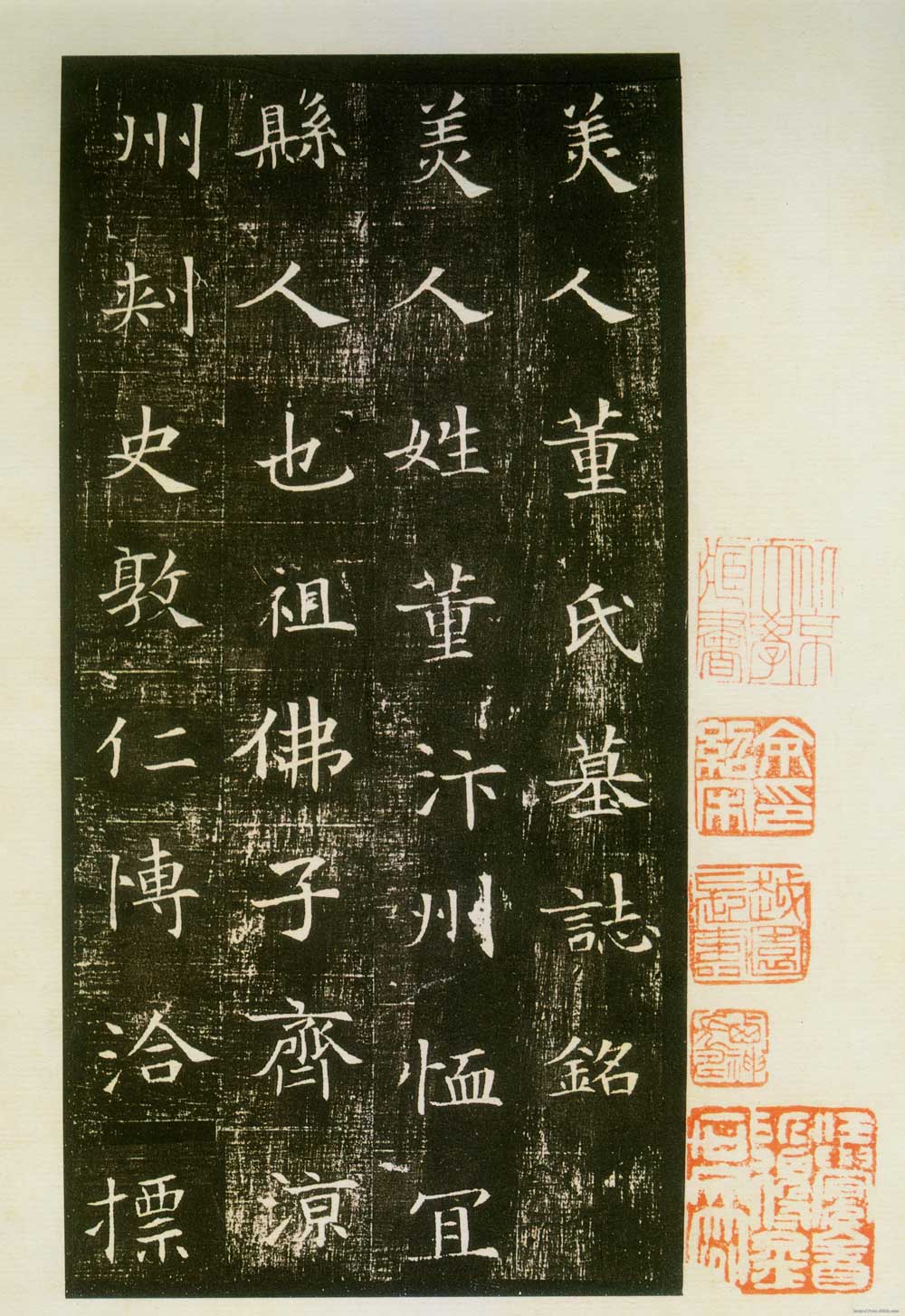
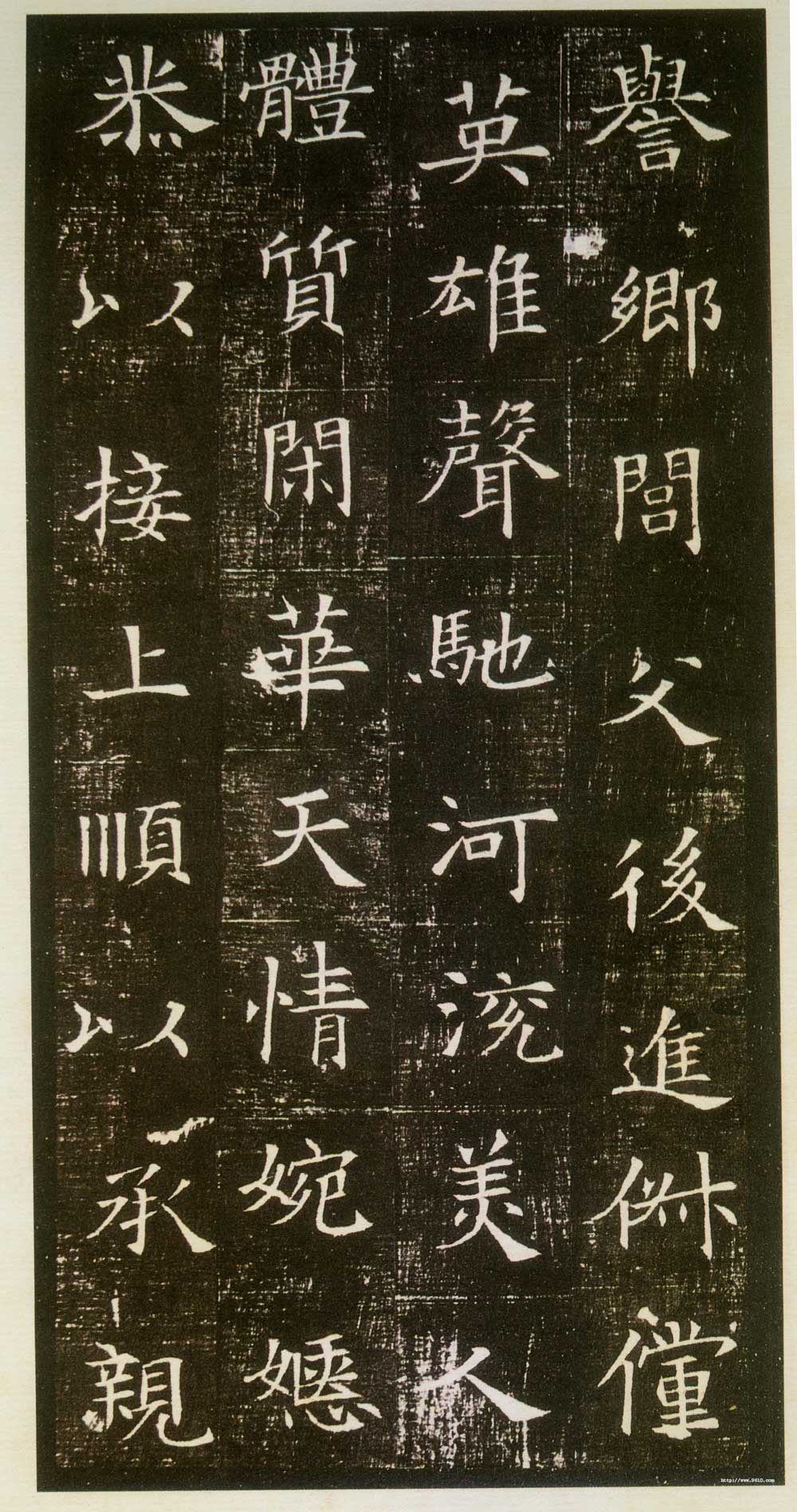
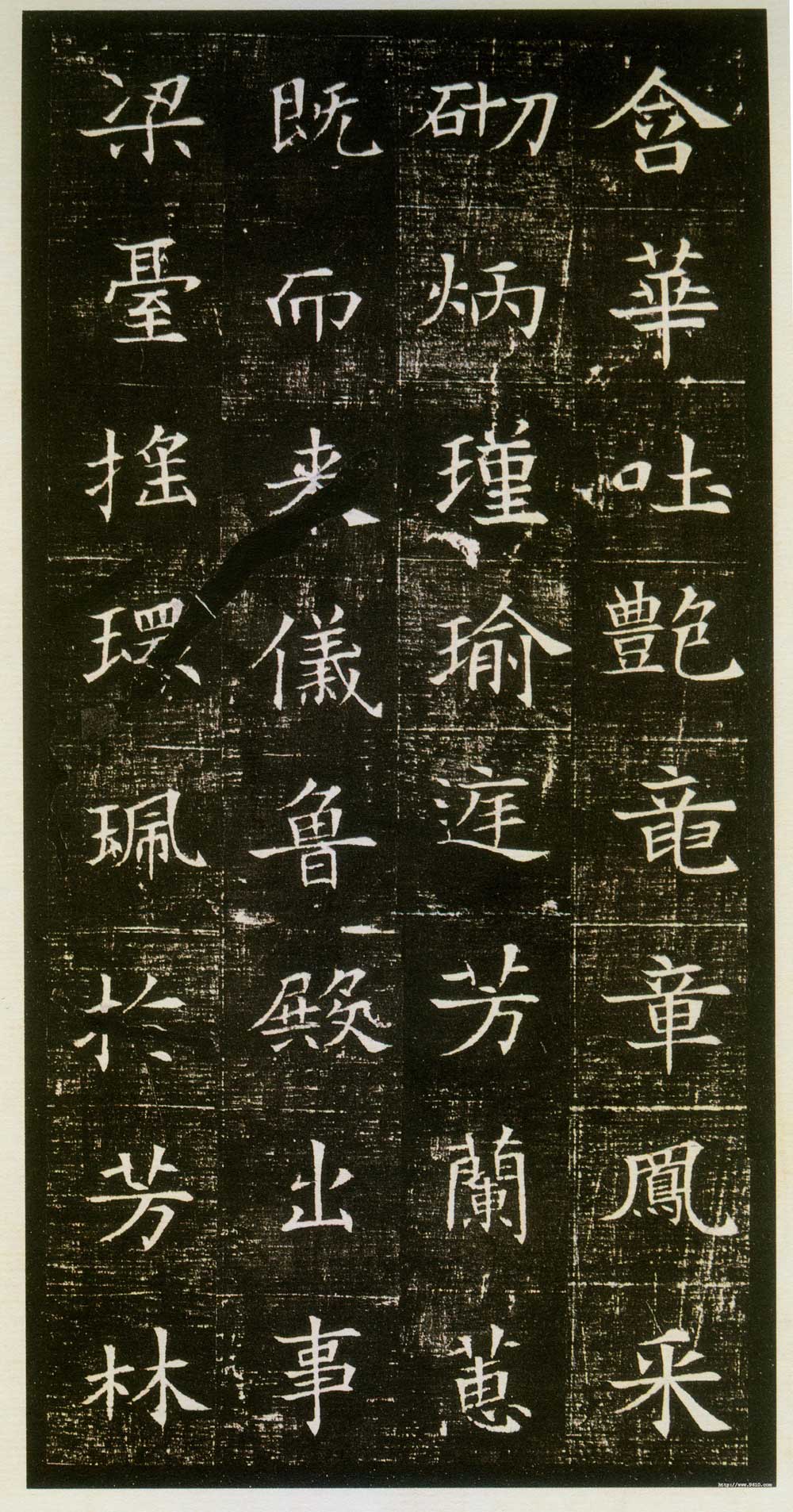
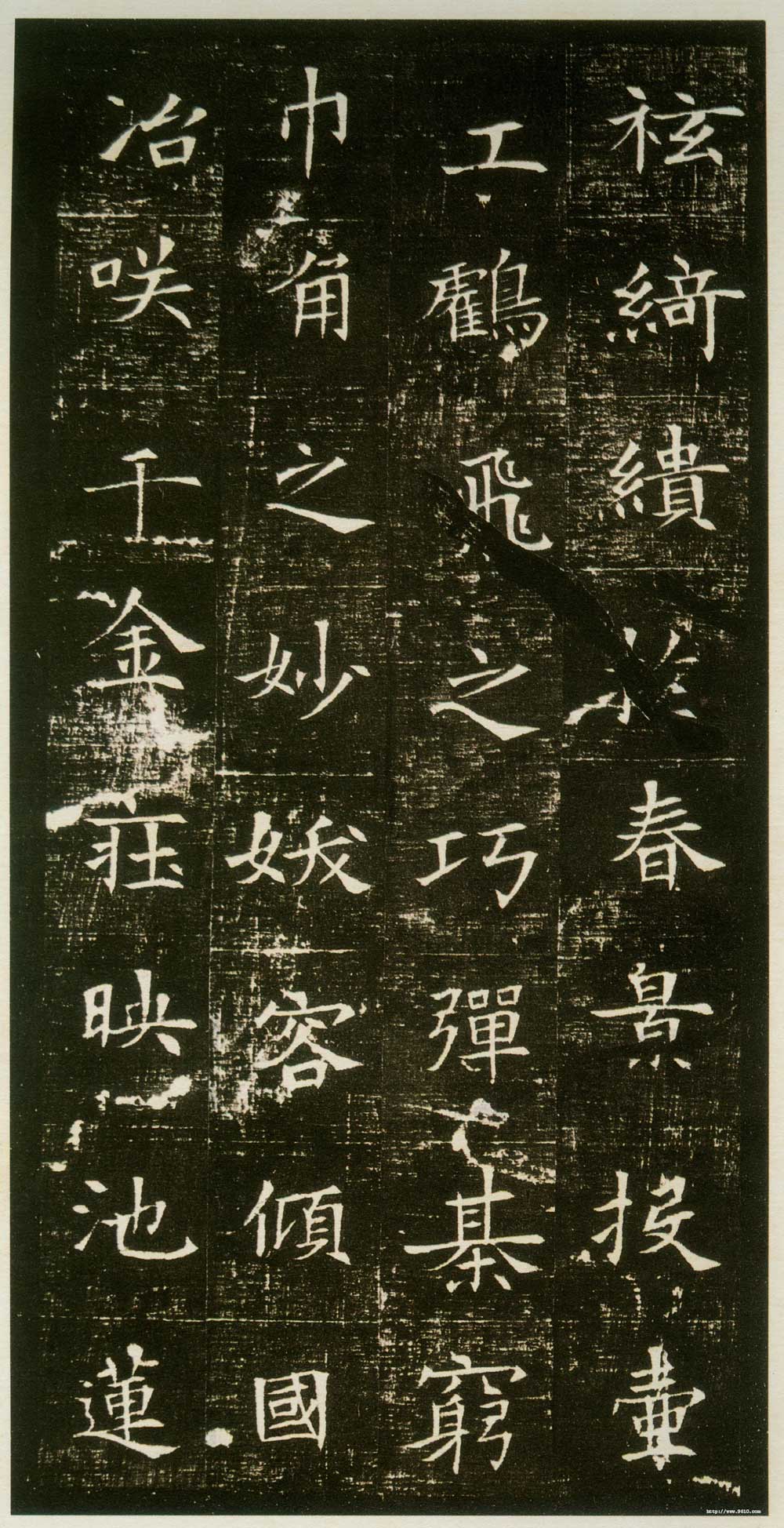
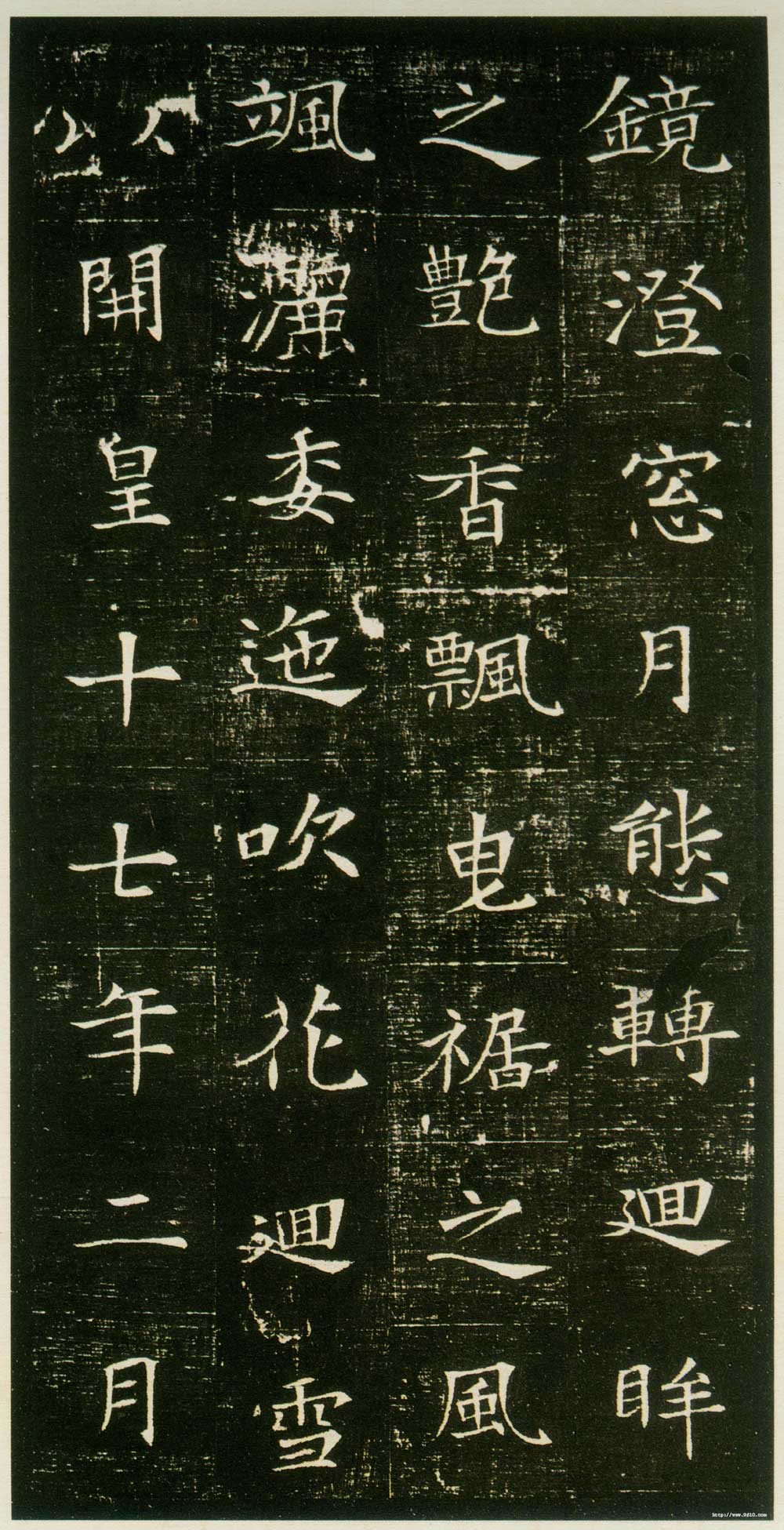
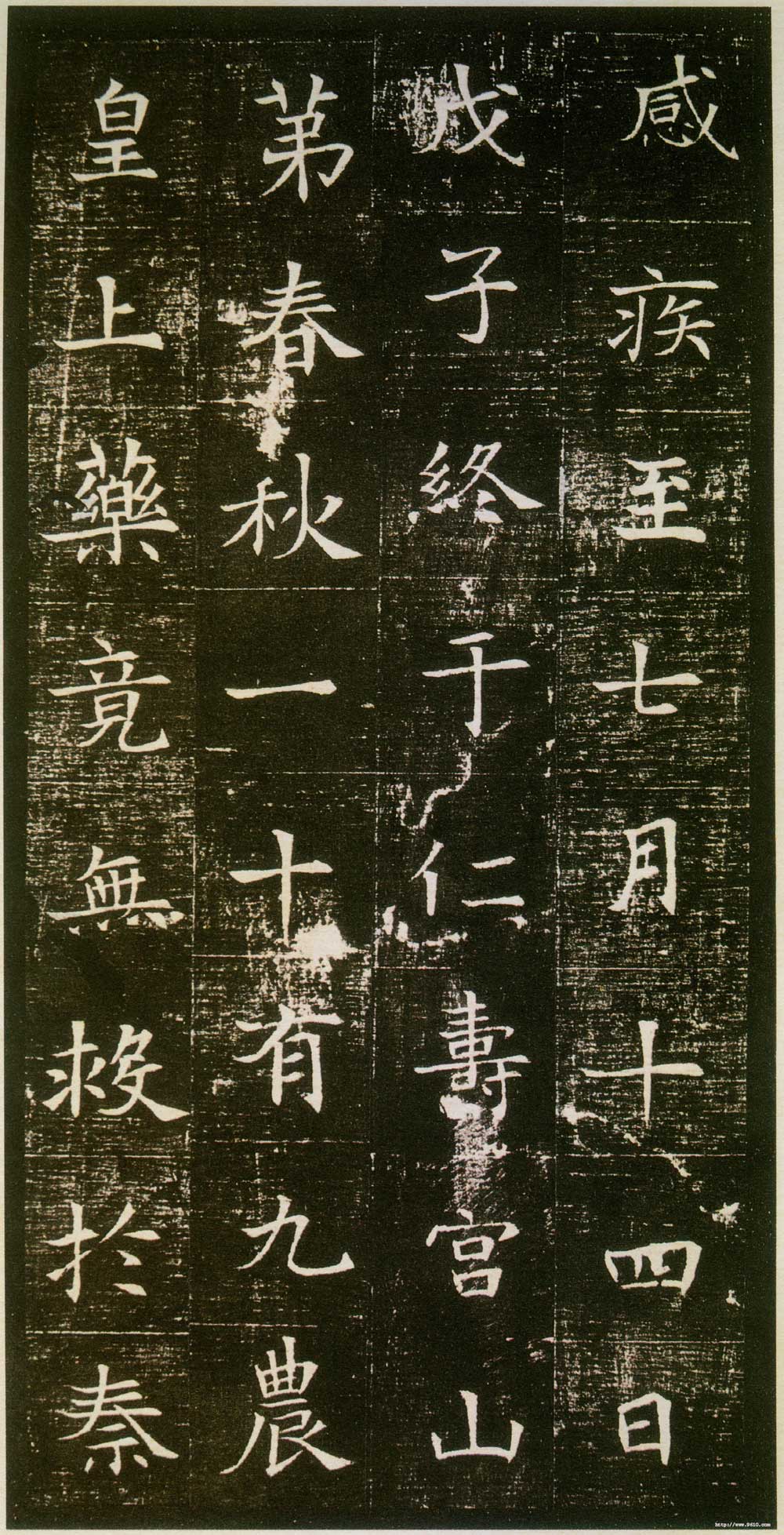
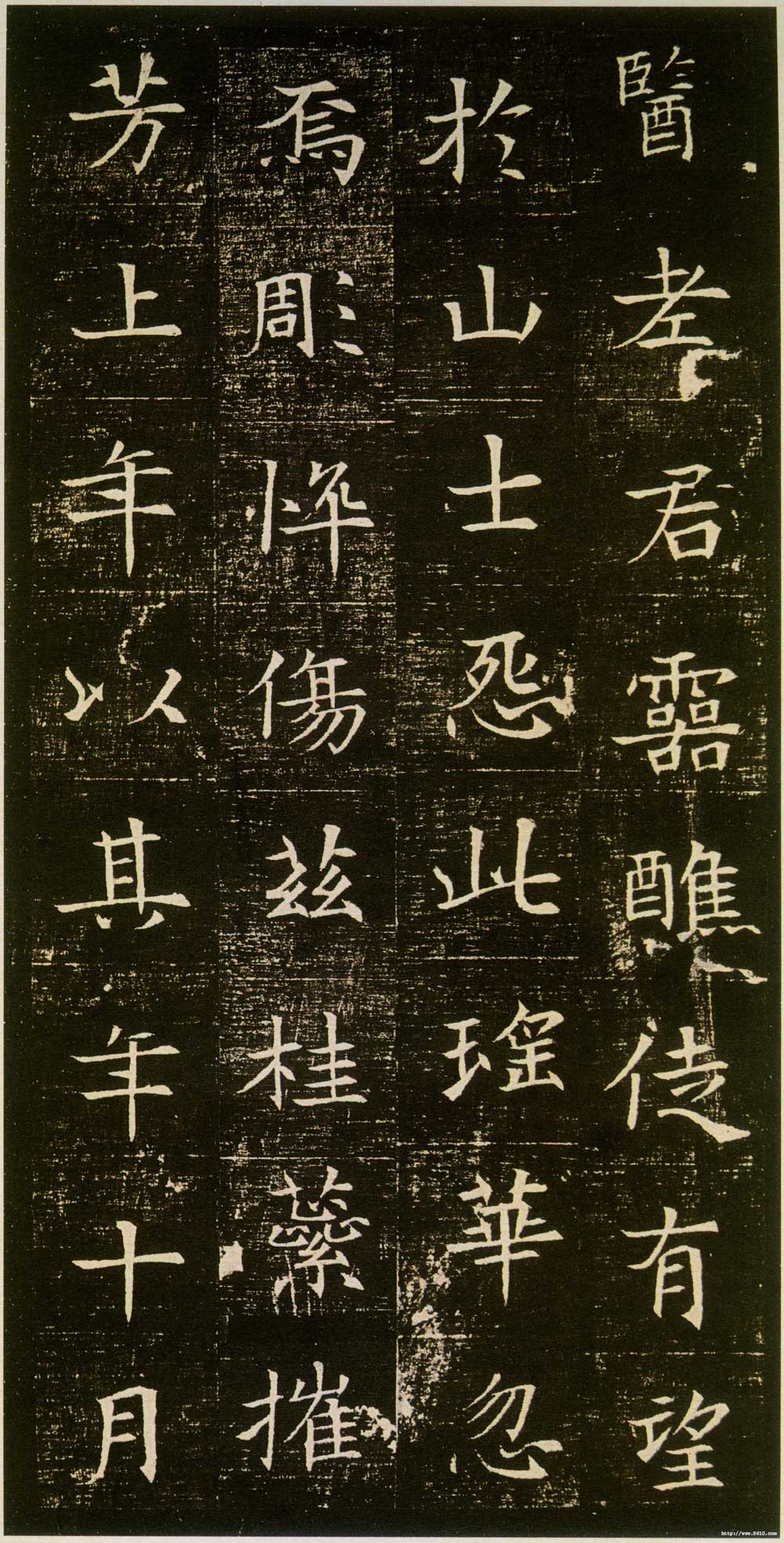
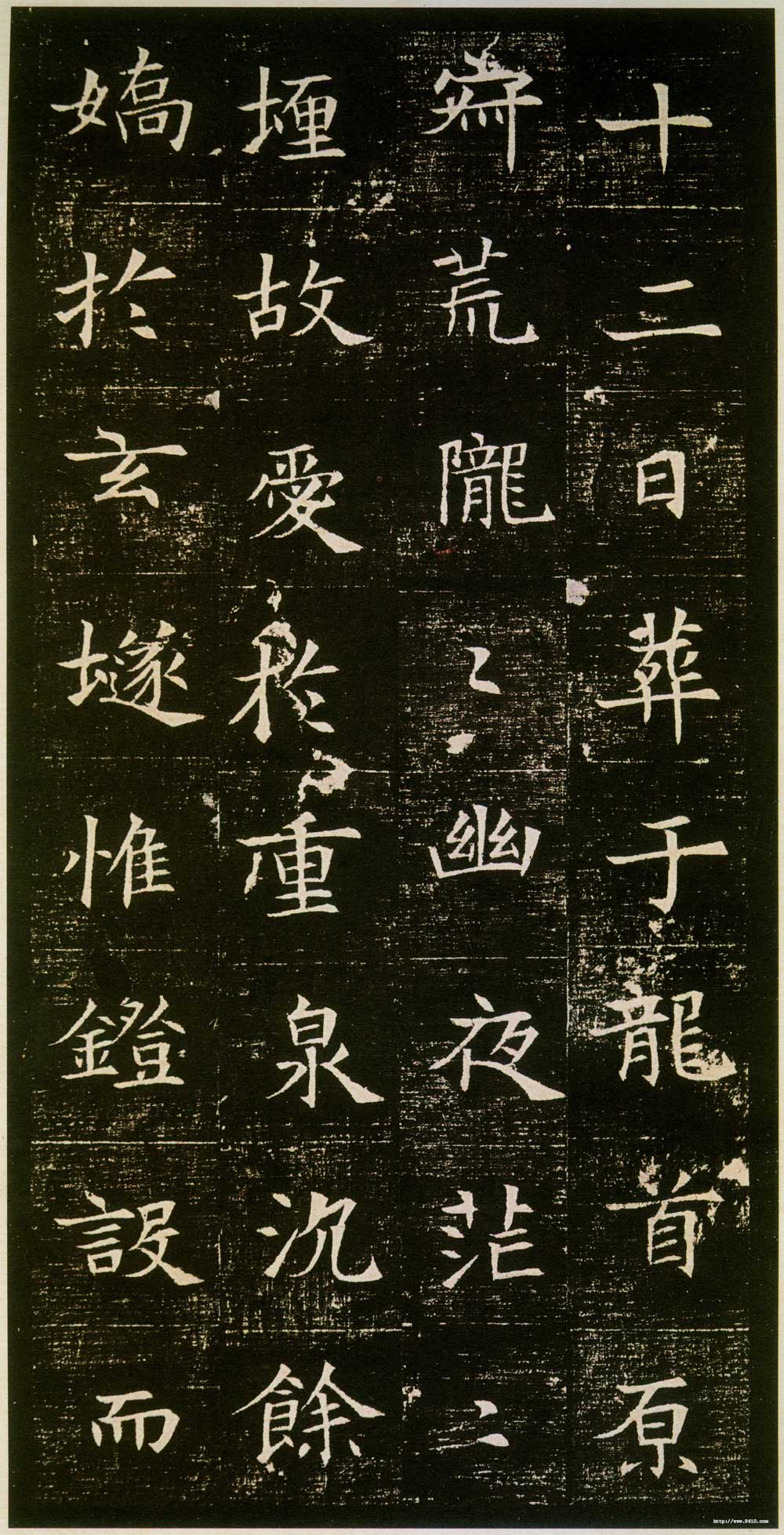
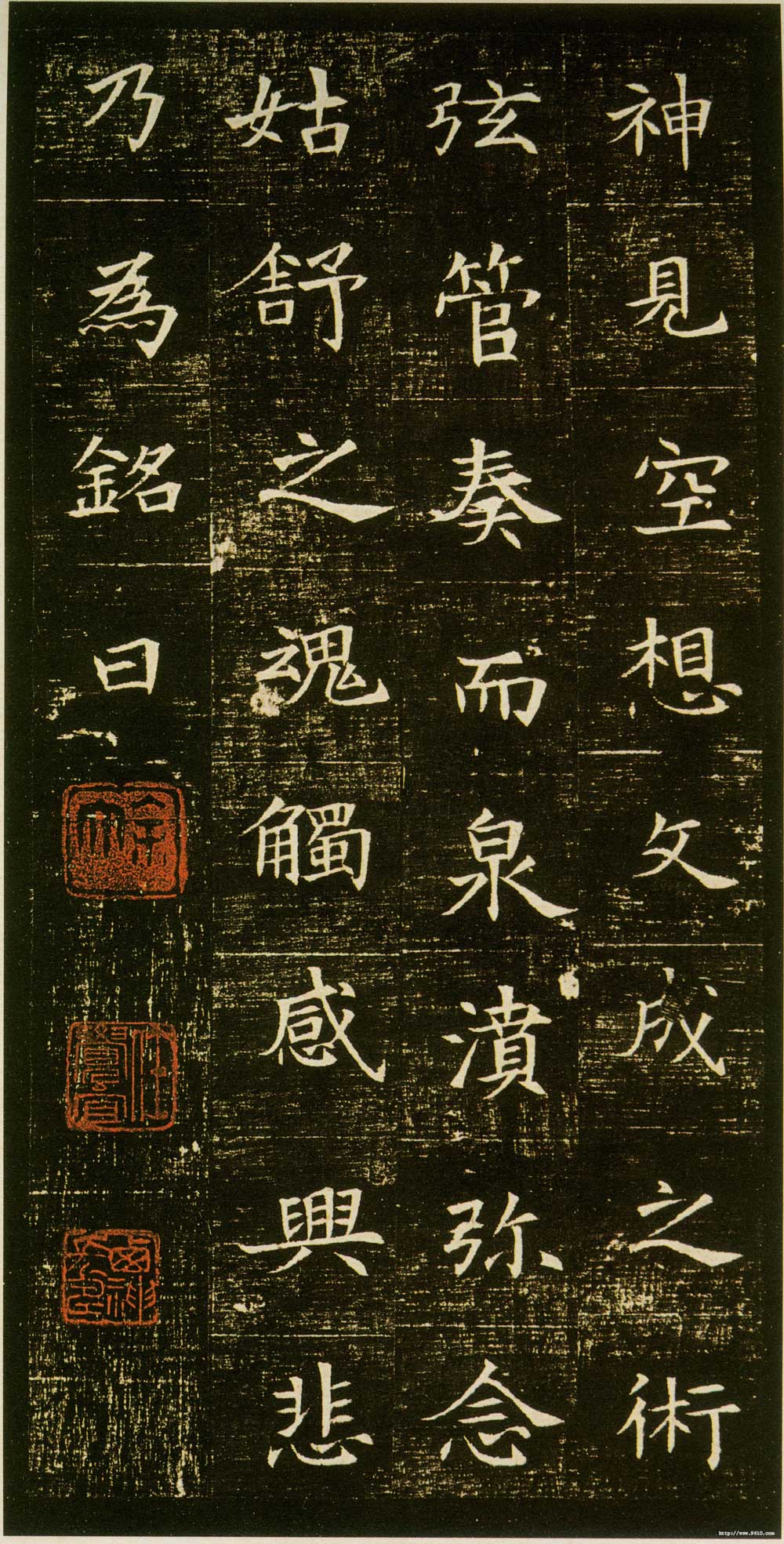
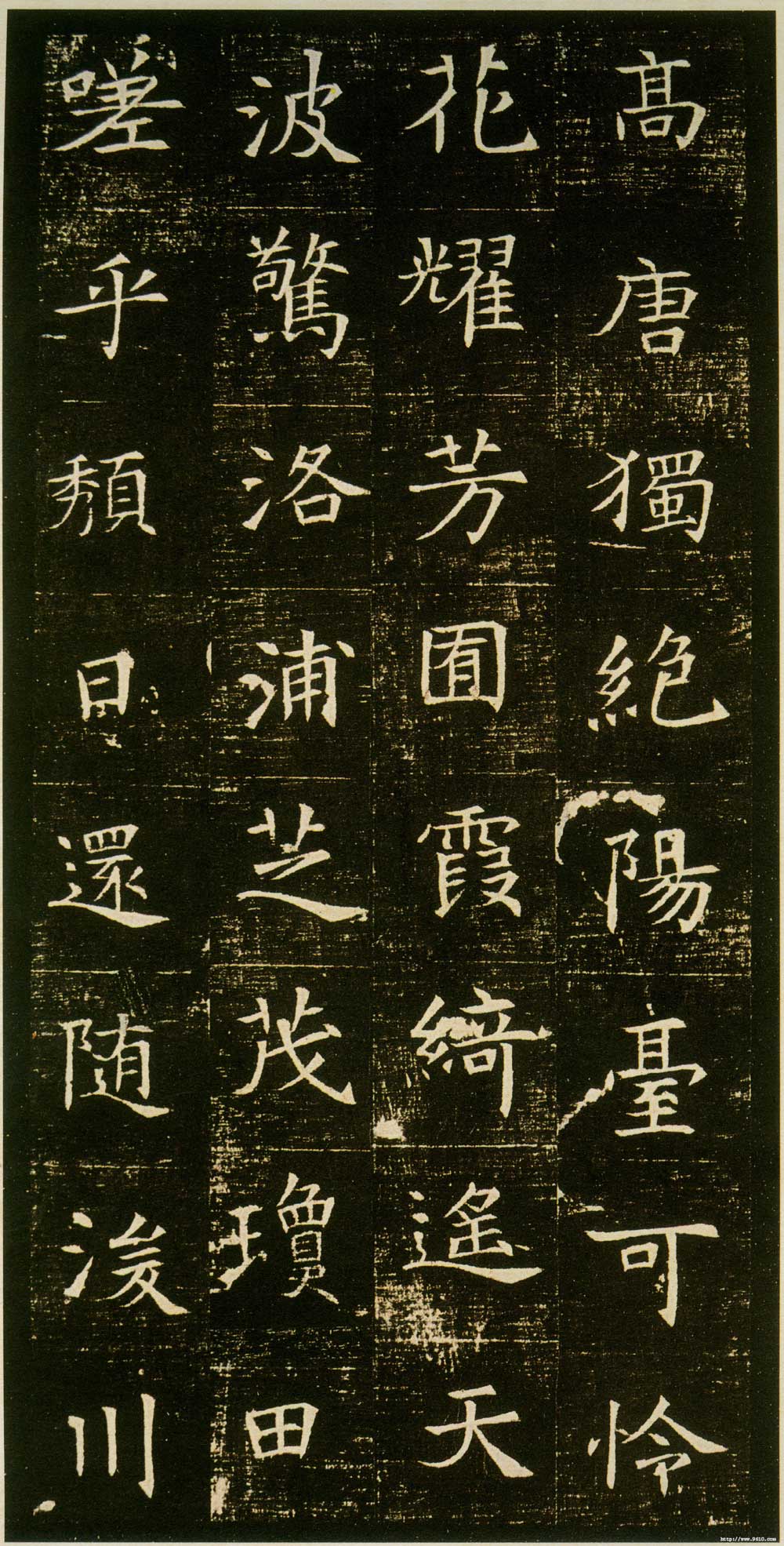
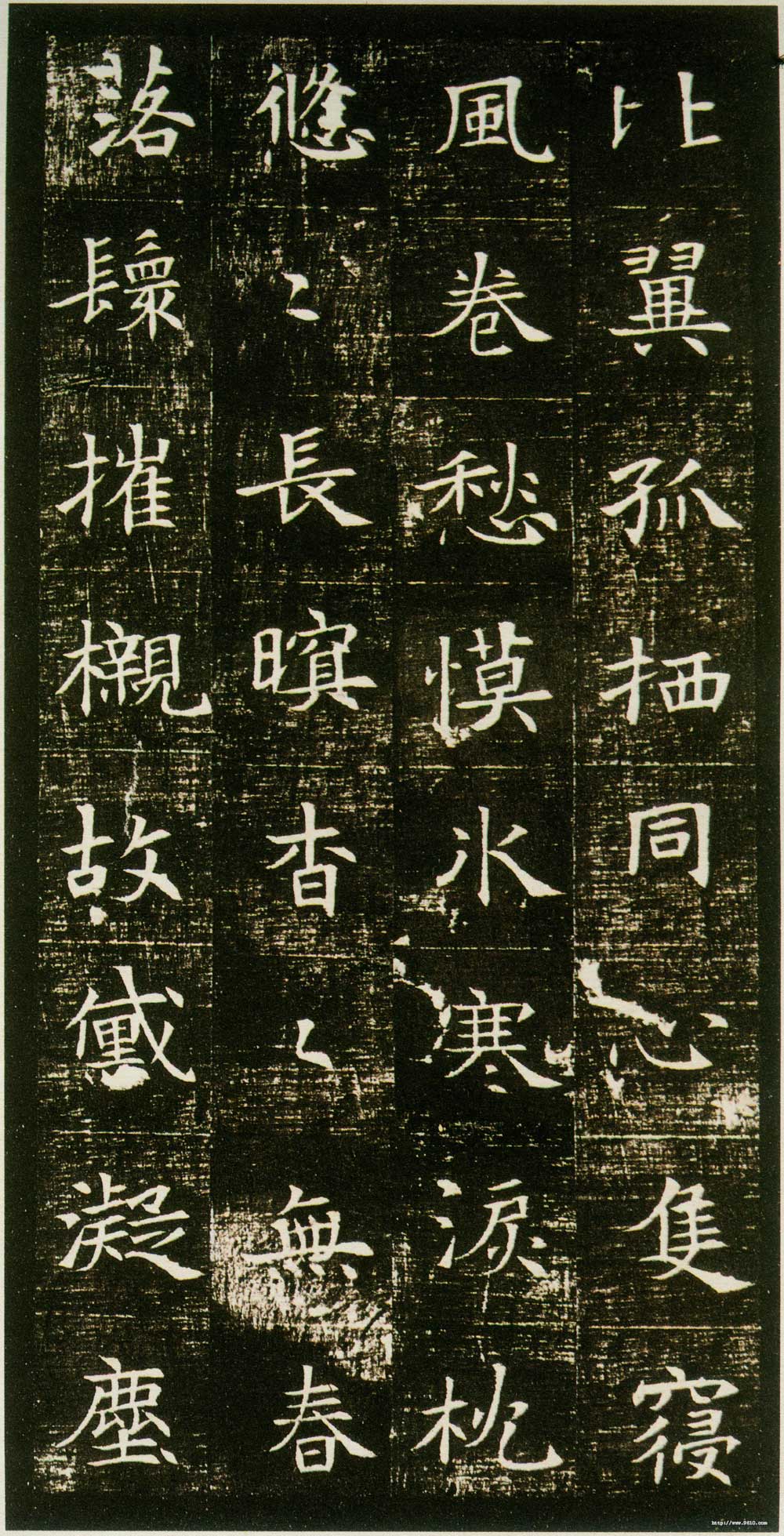
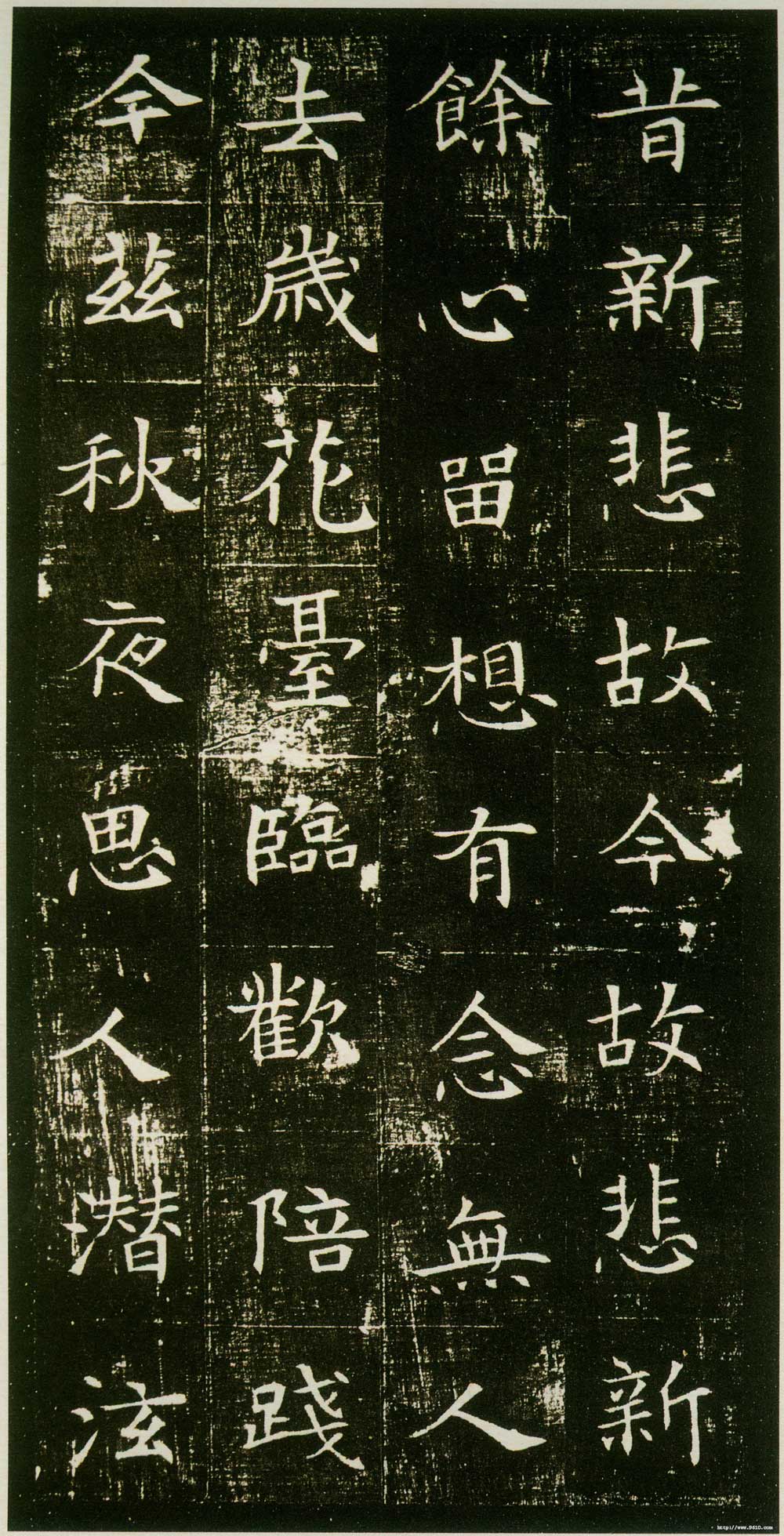
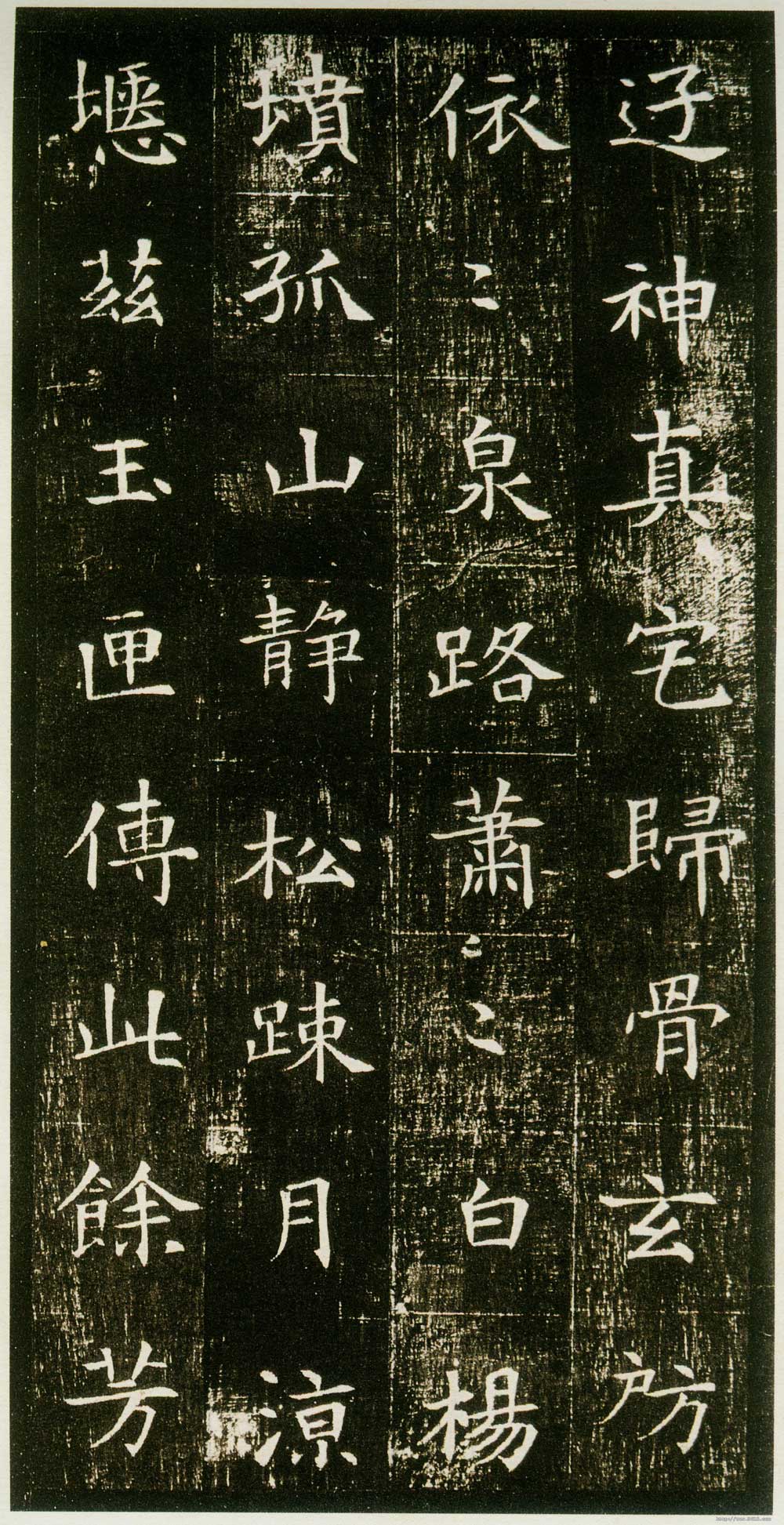
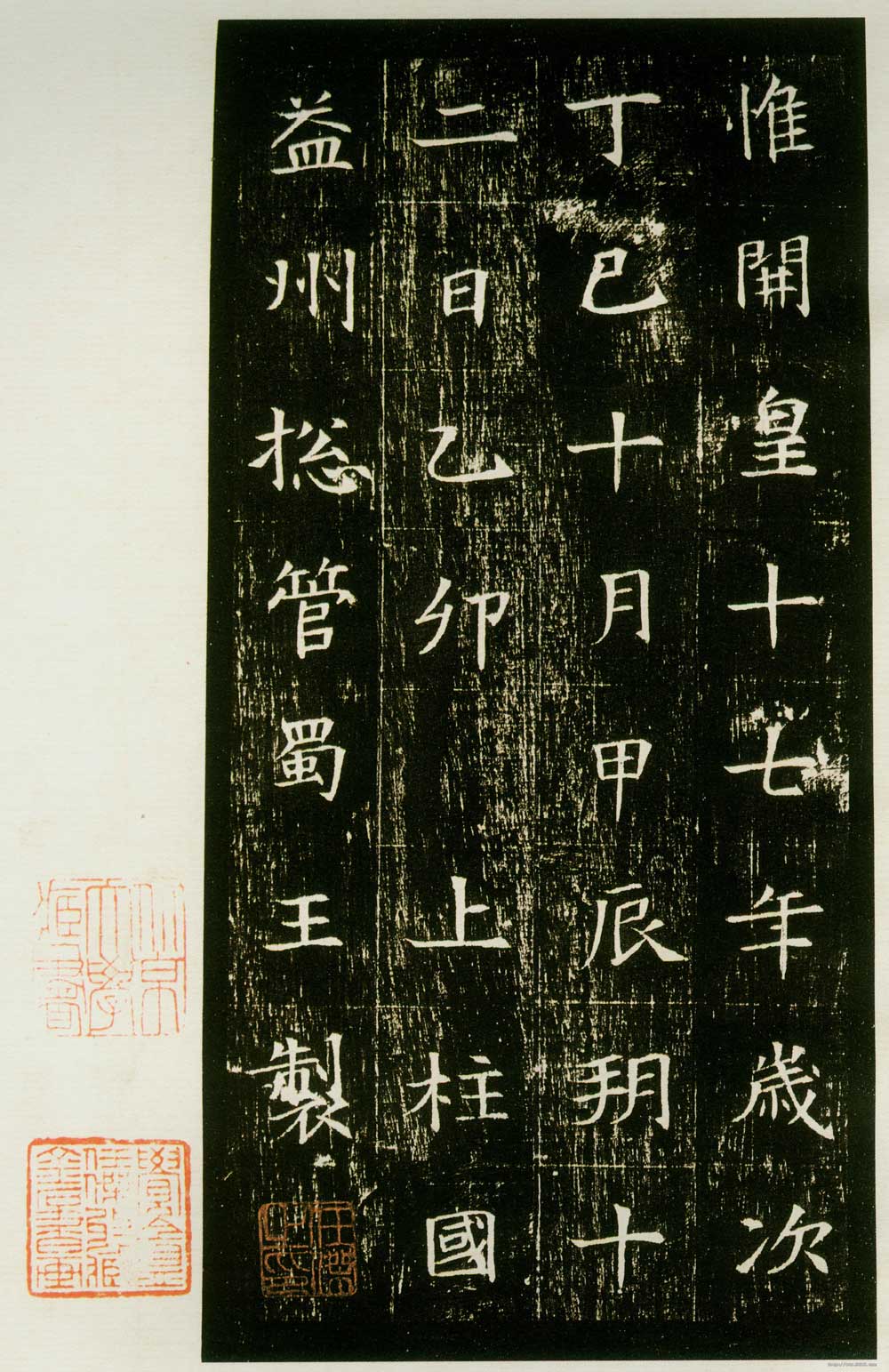
《董美人墓志》 北京大学藏本
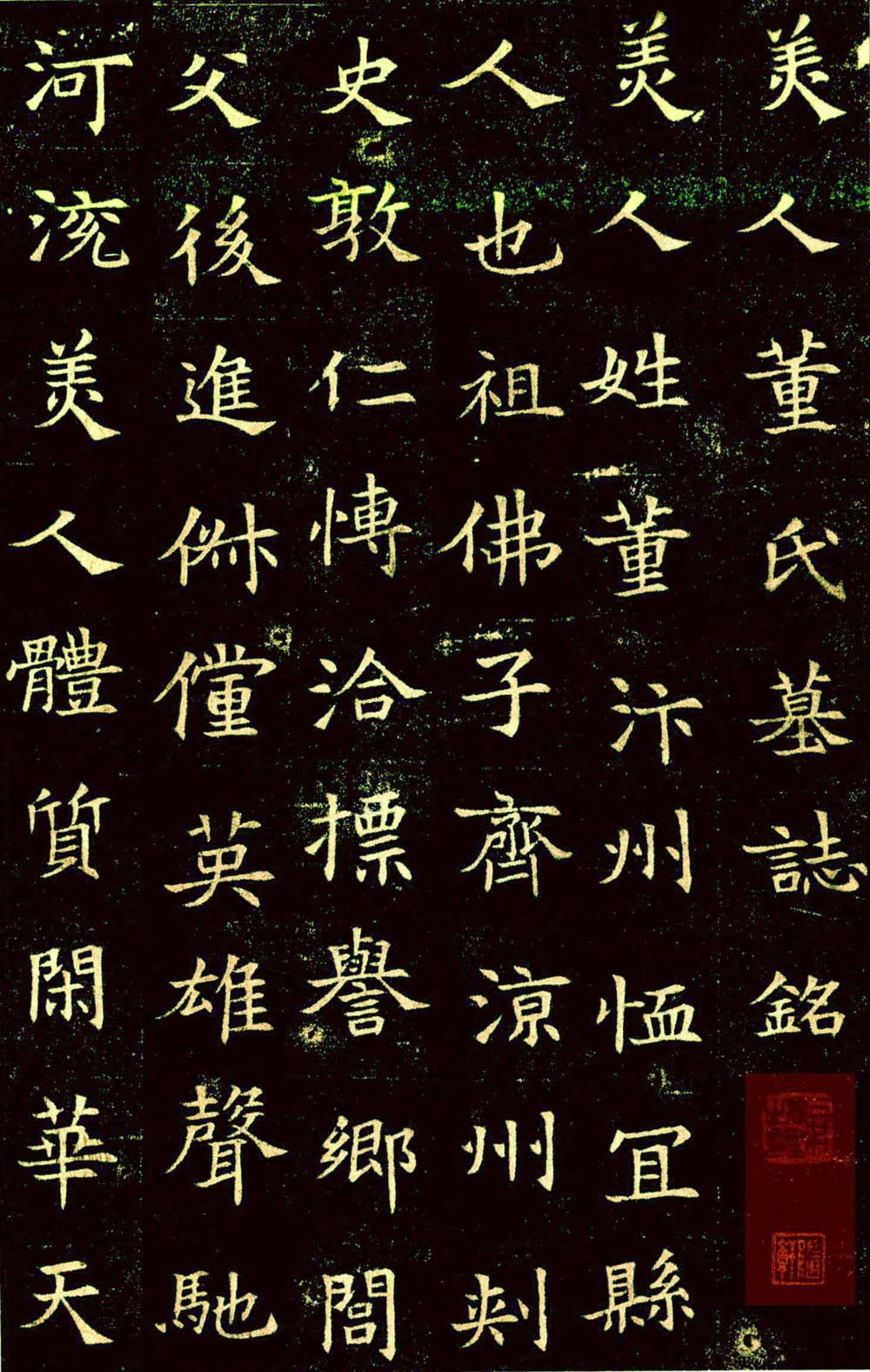
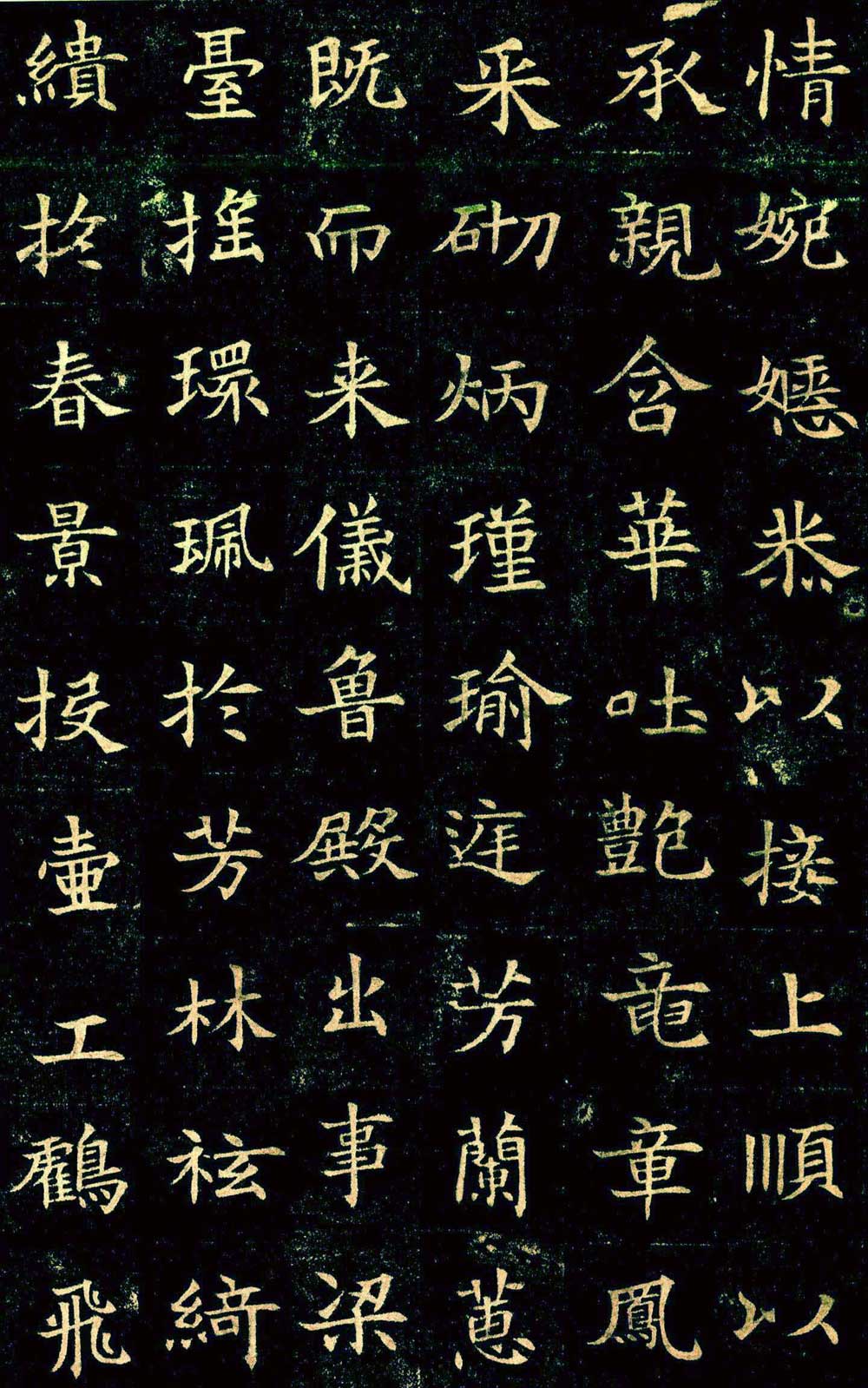
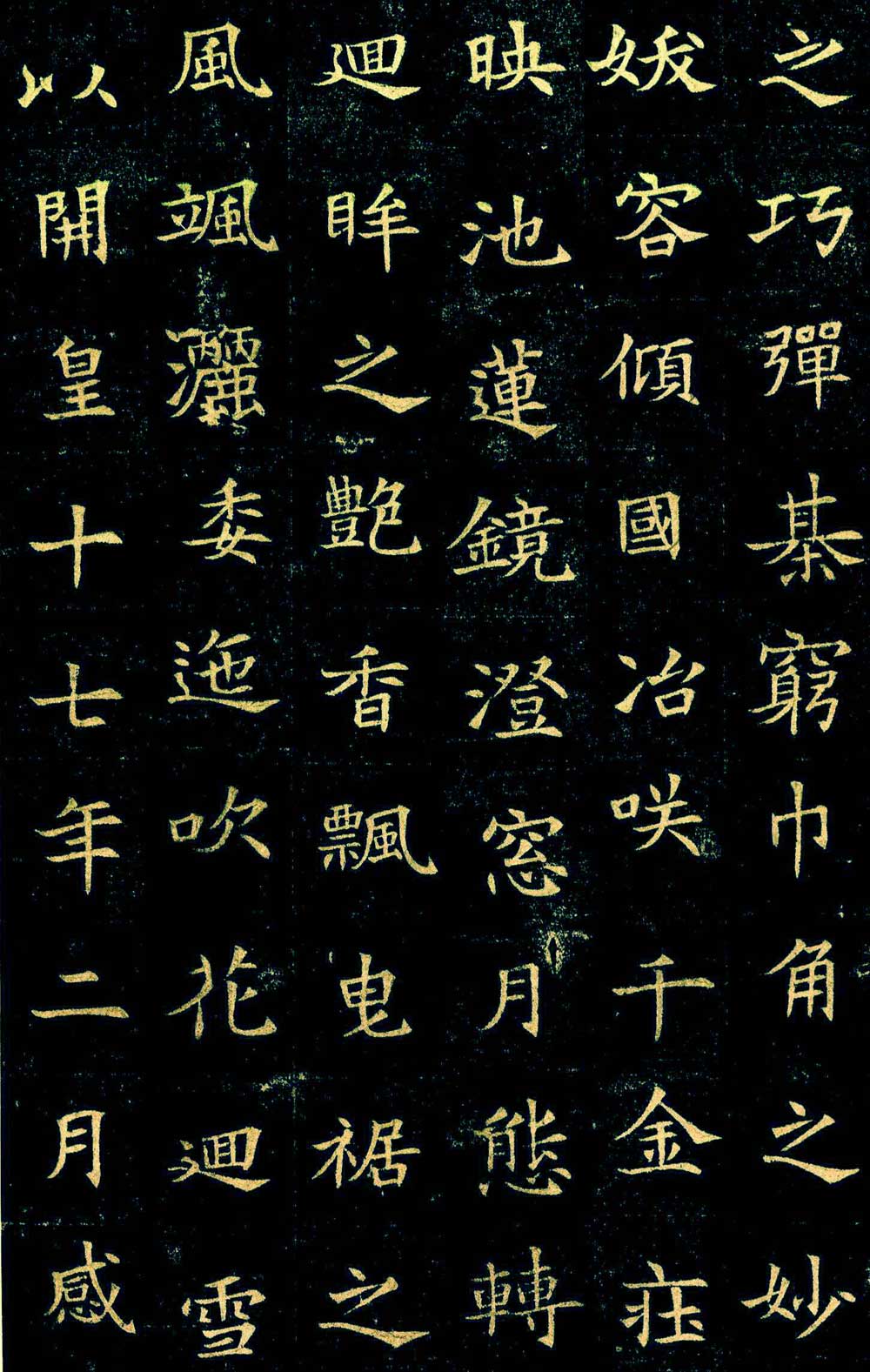
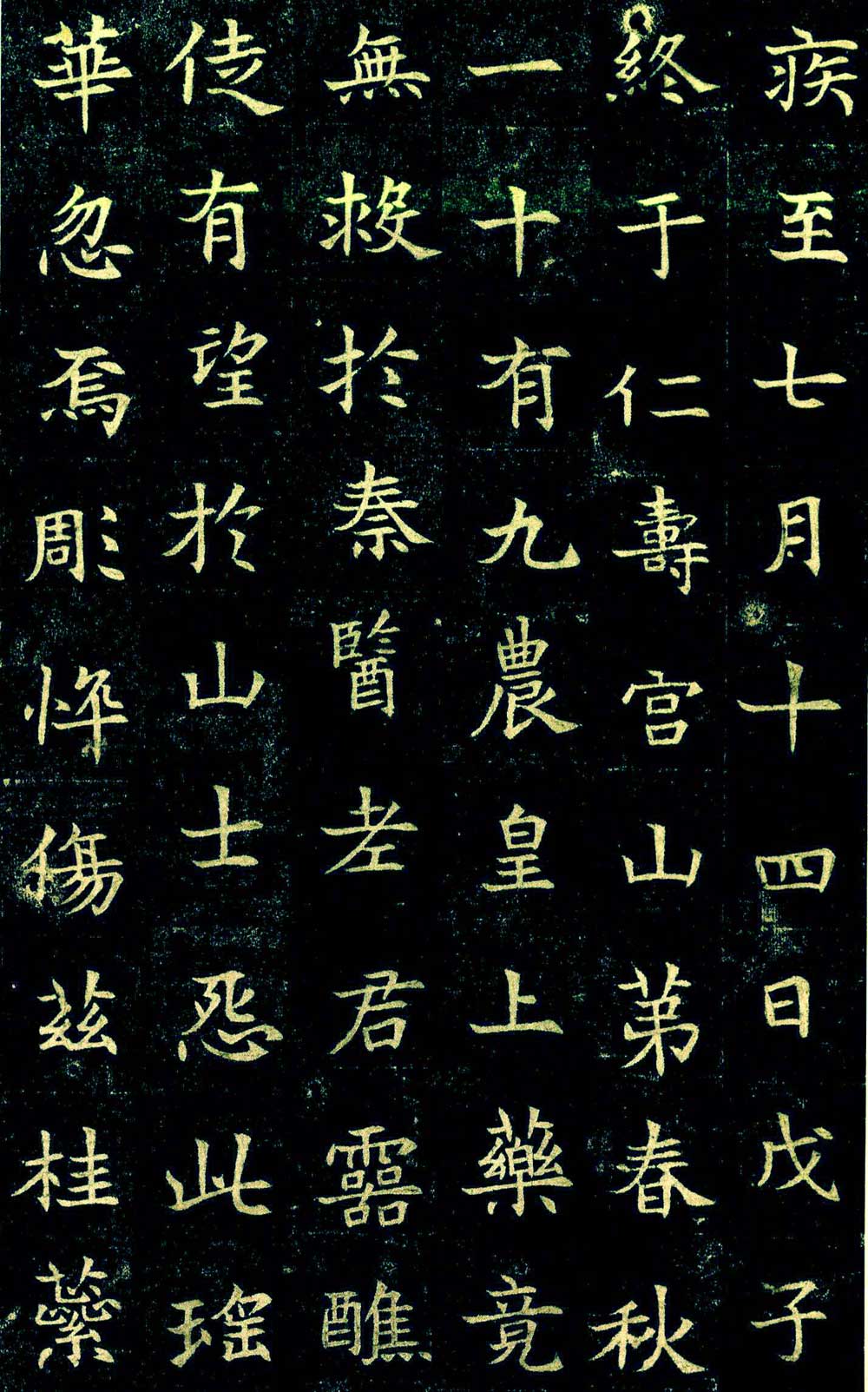
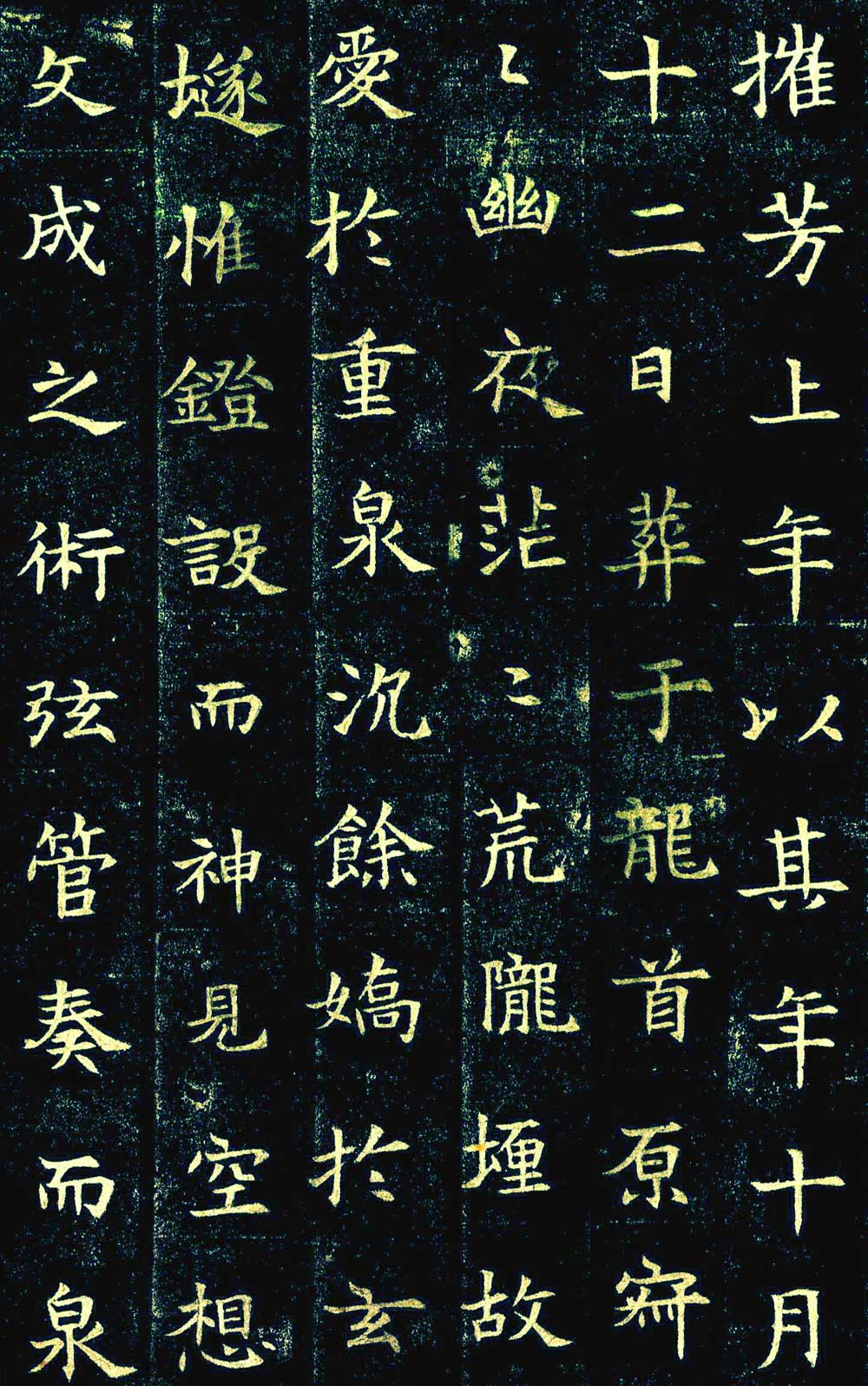
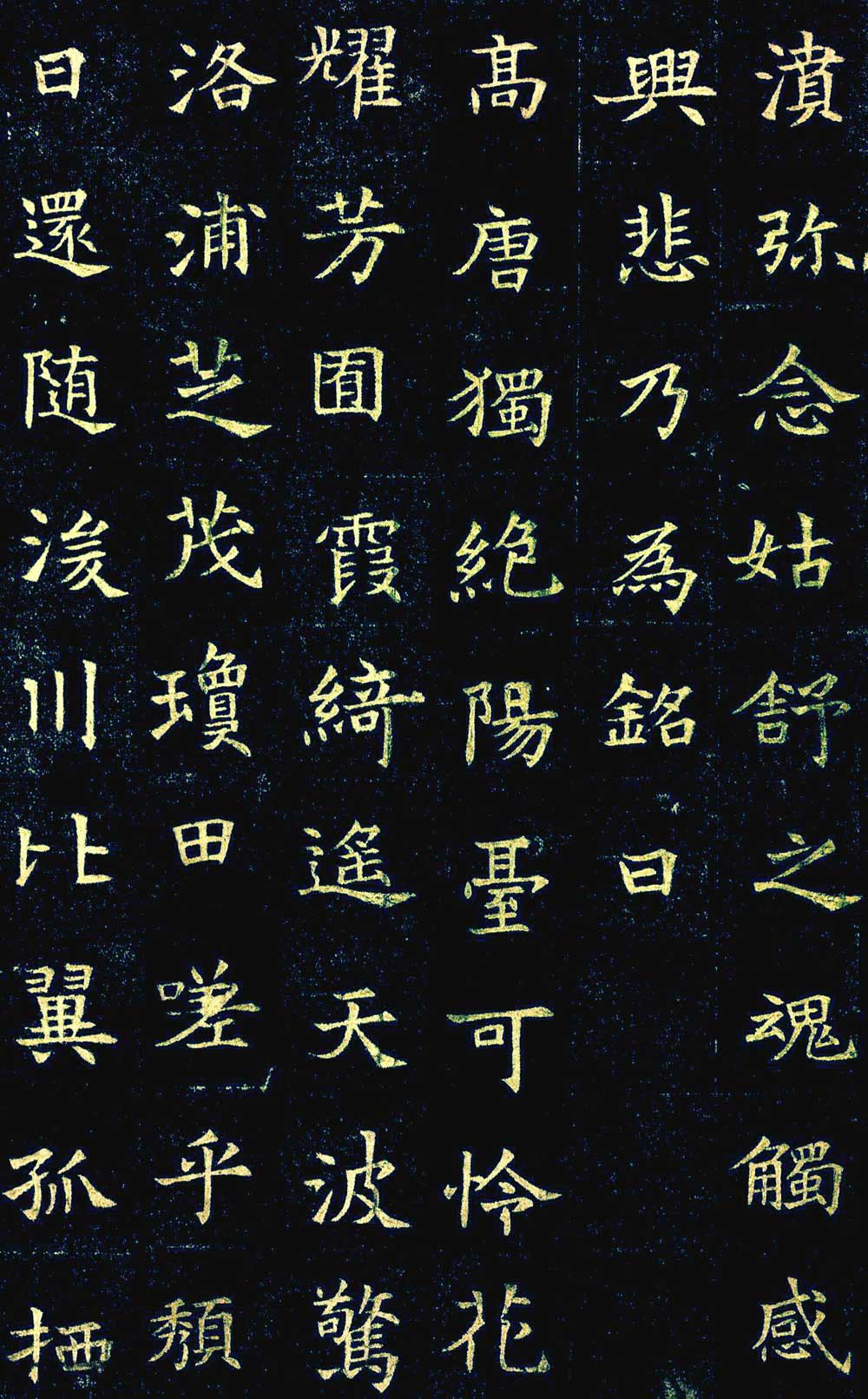
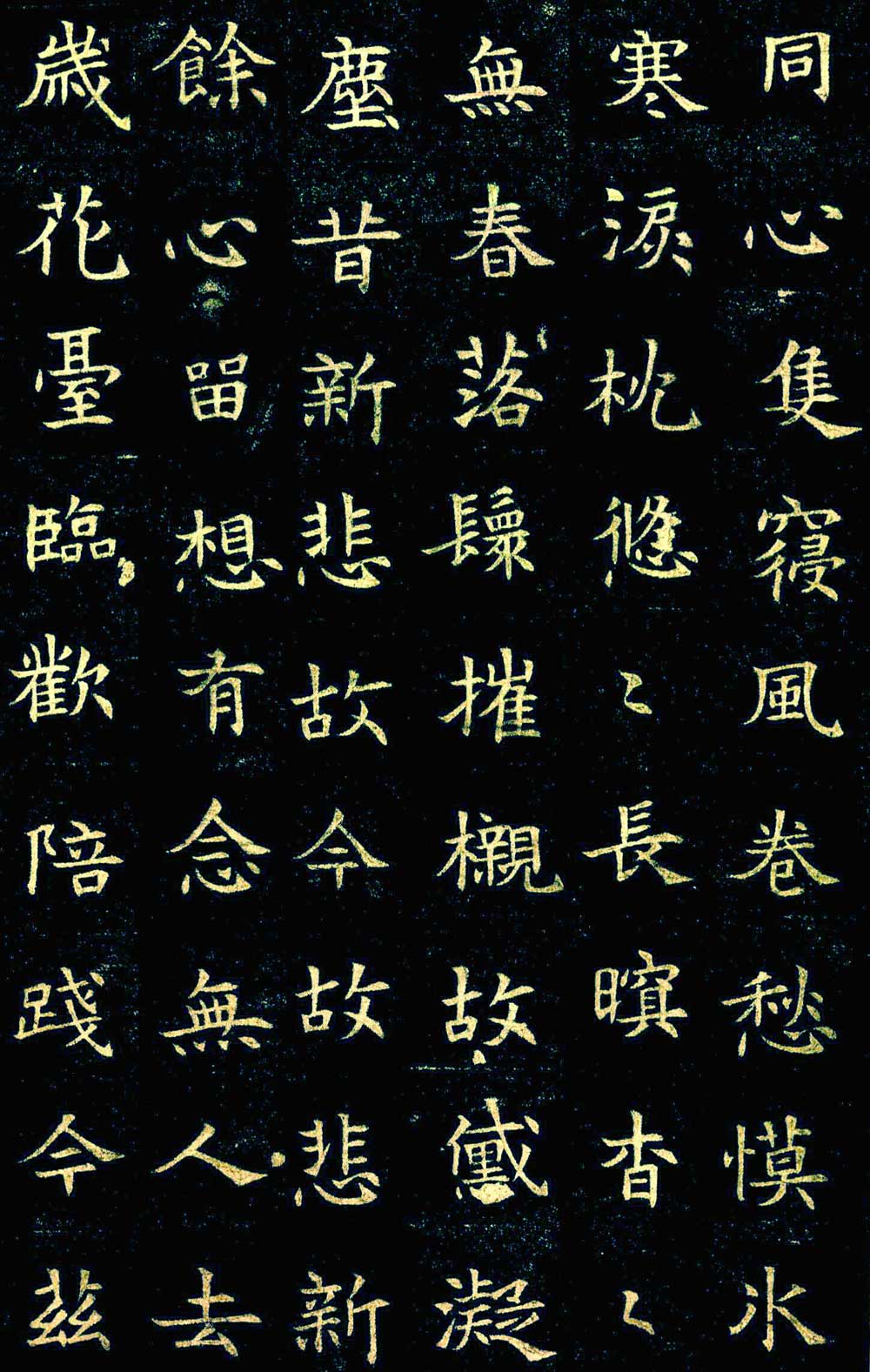
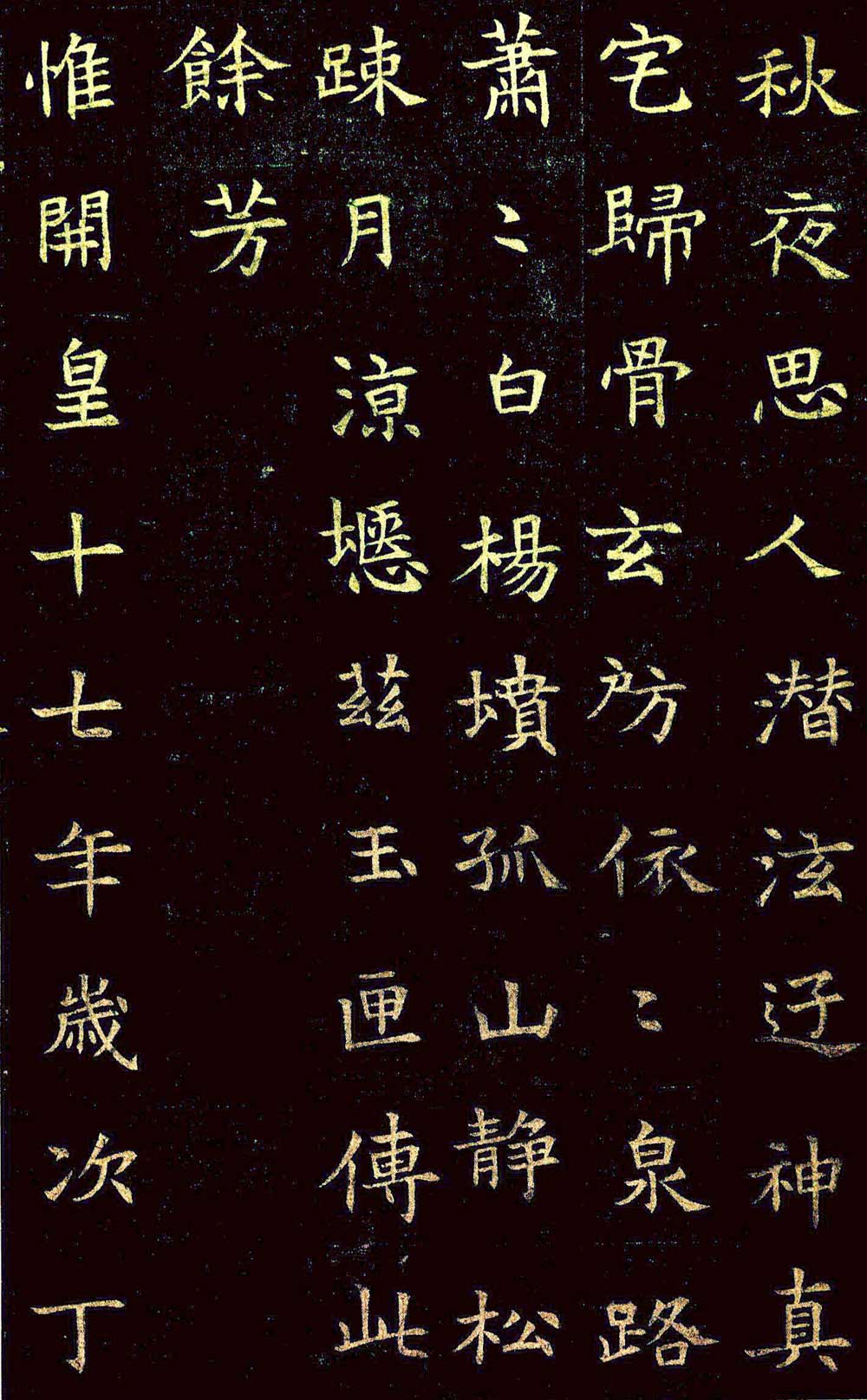
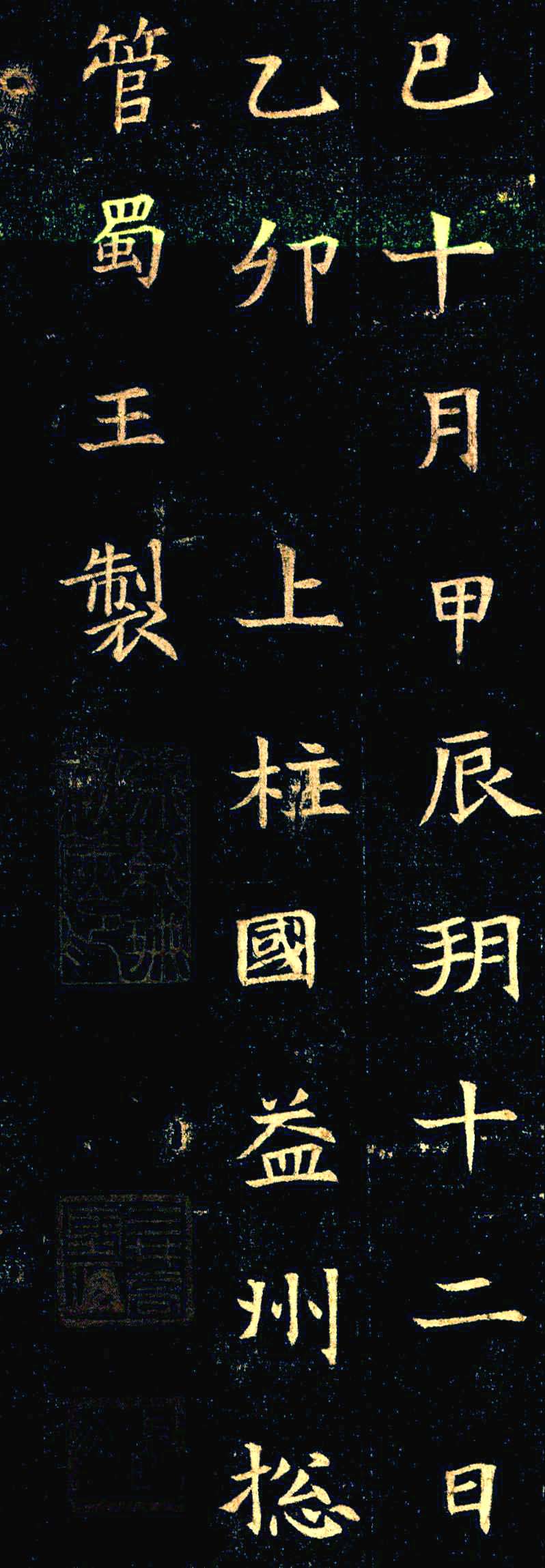
《董美人墓志》 日本三井文库藏本
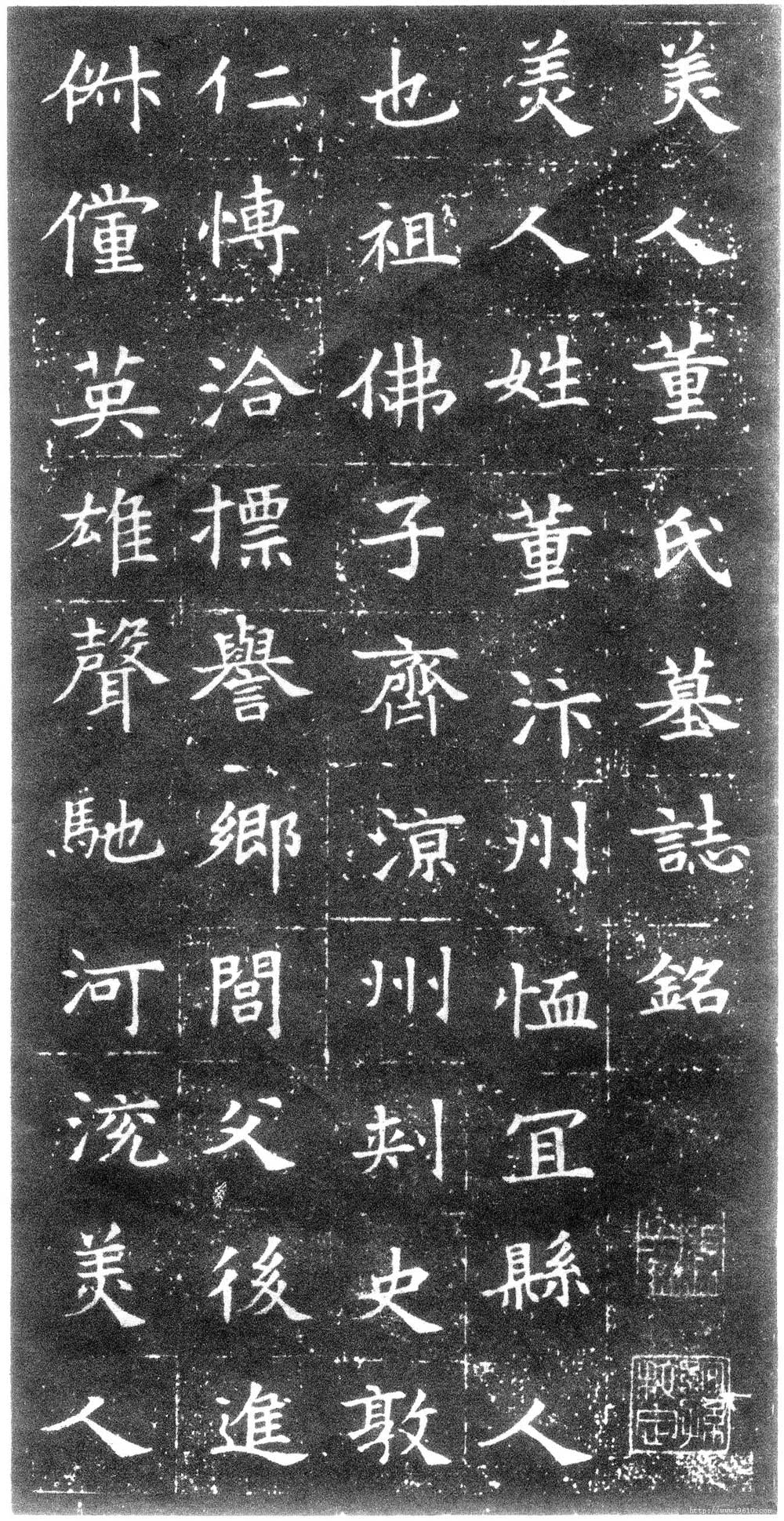
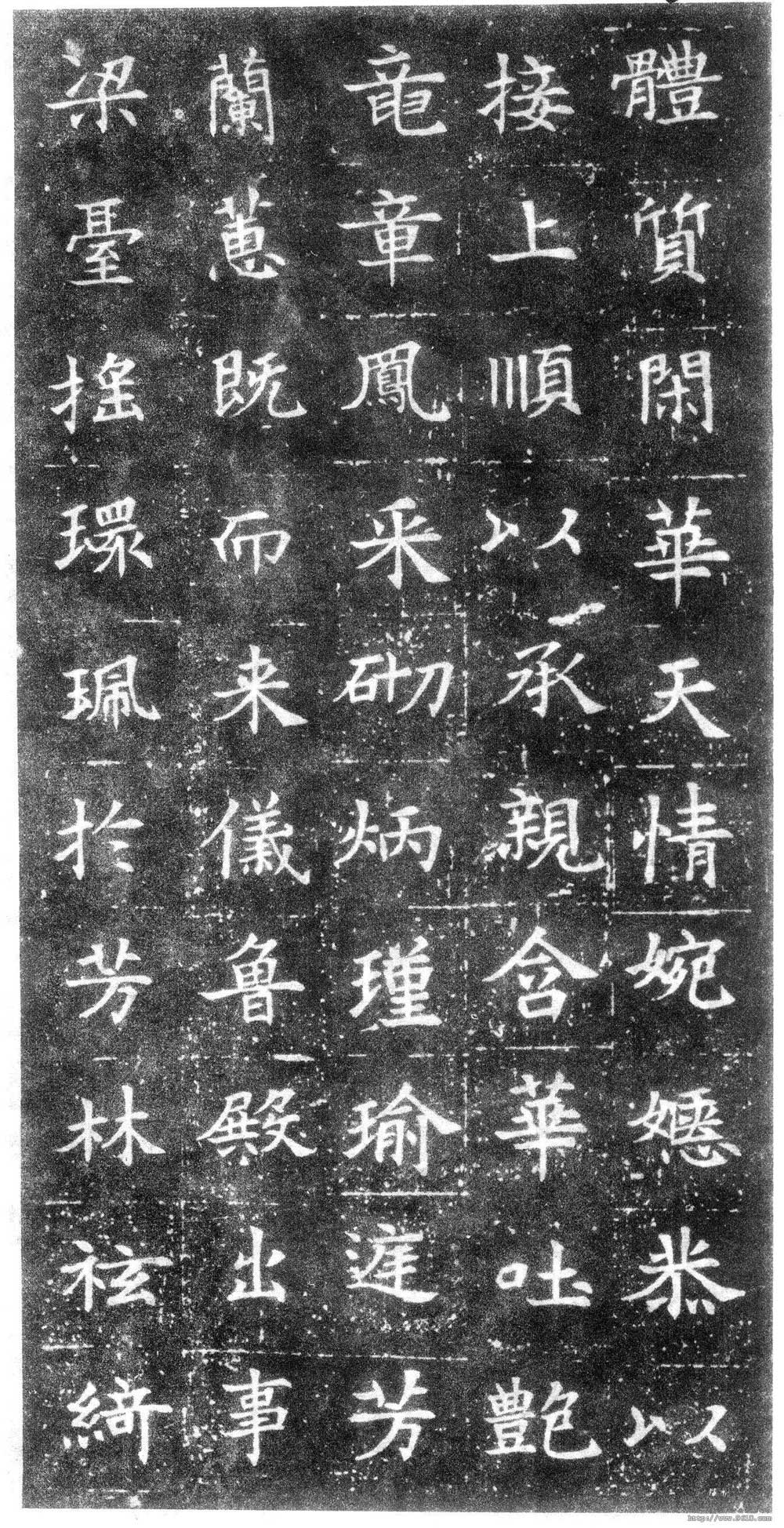
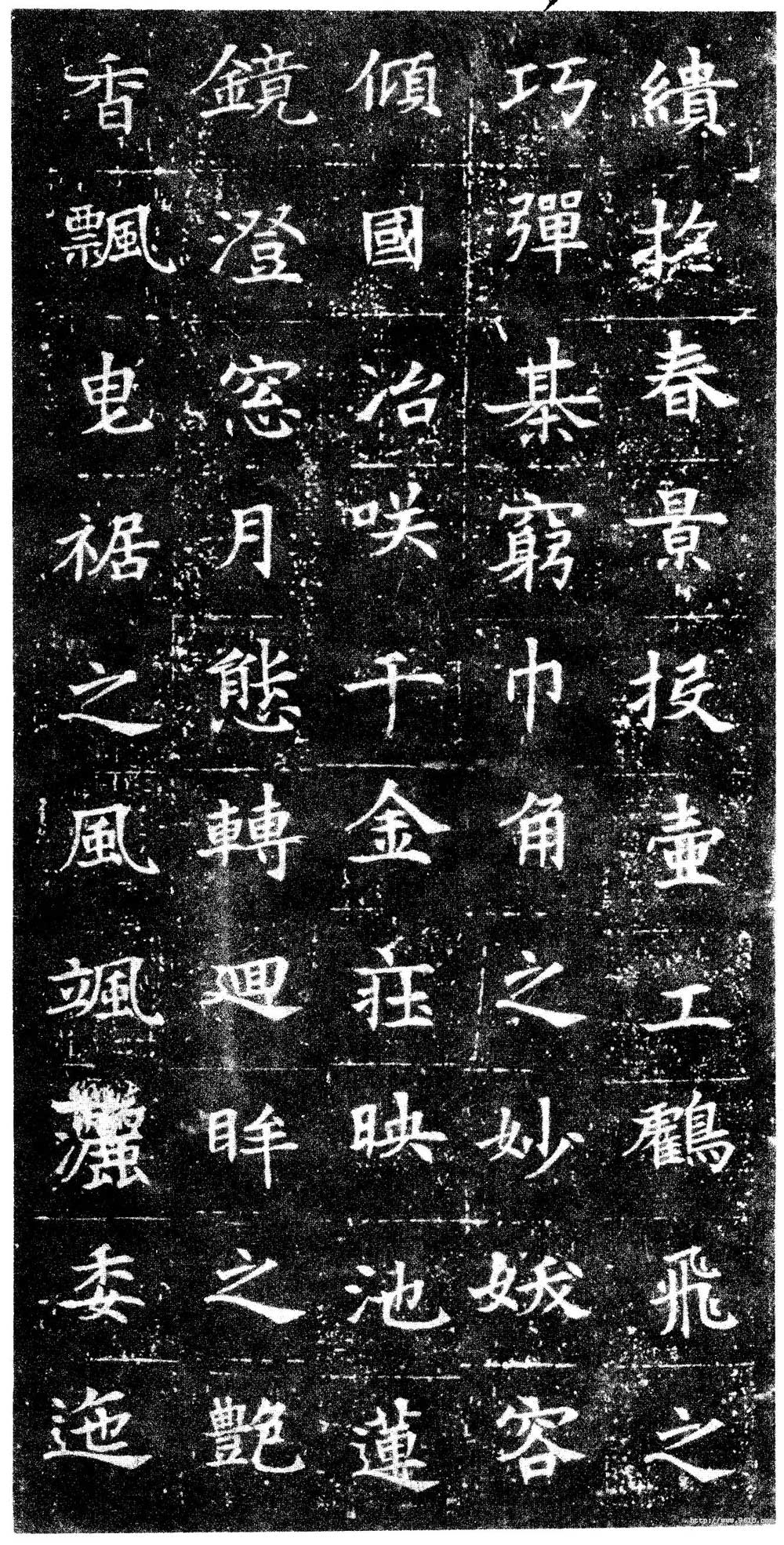
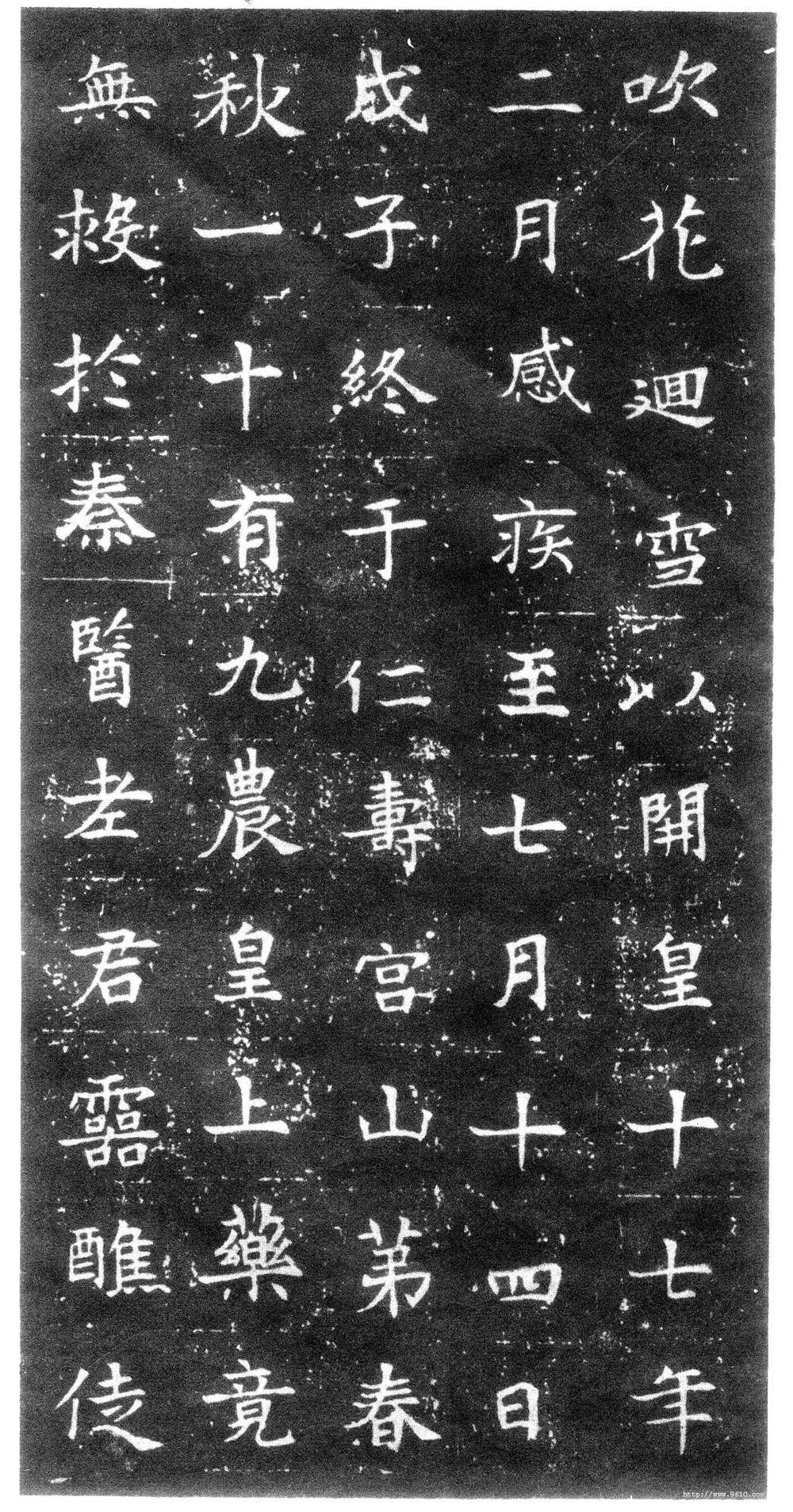
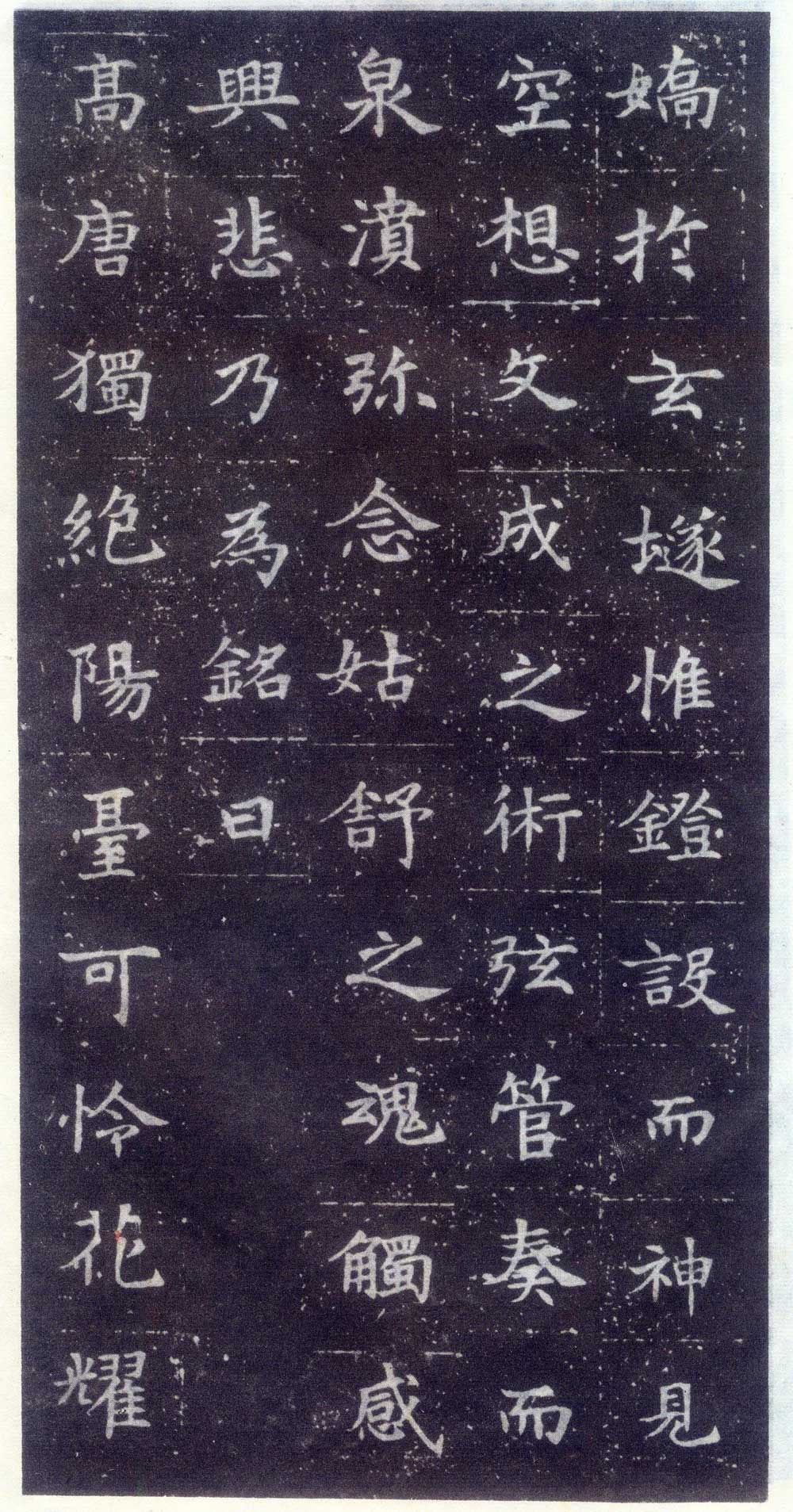
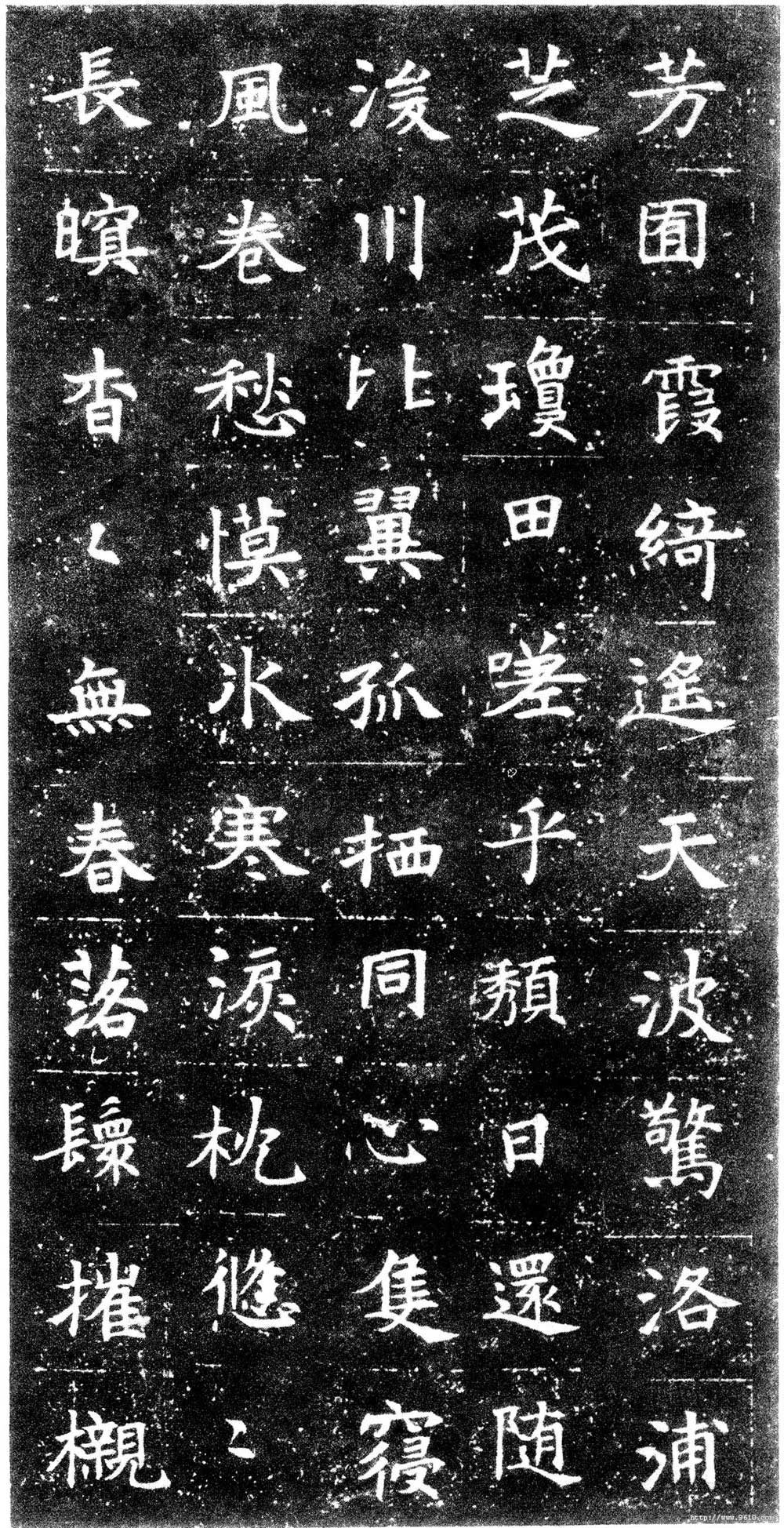
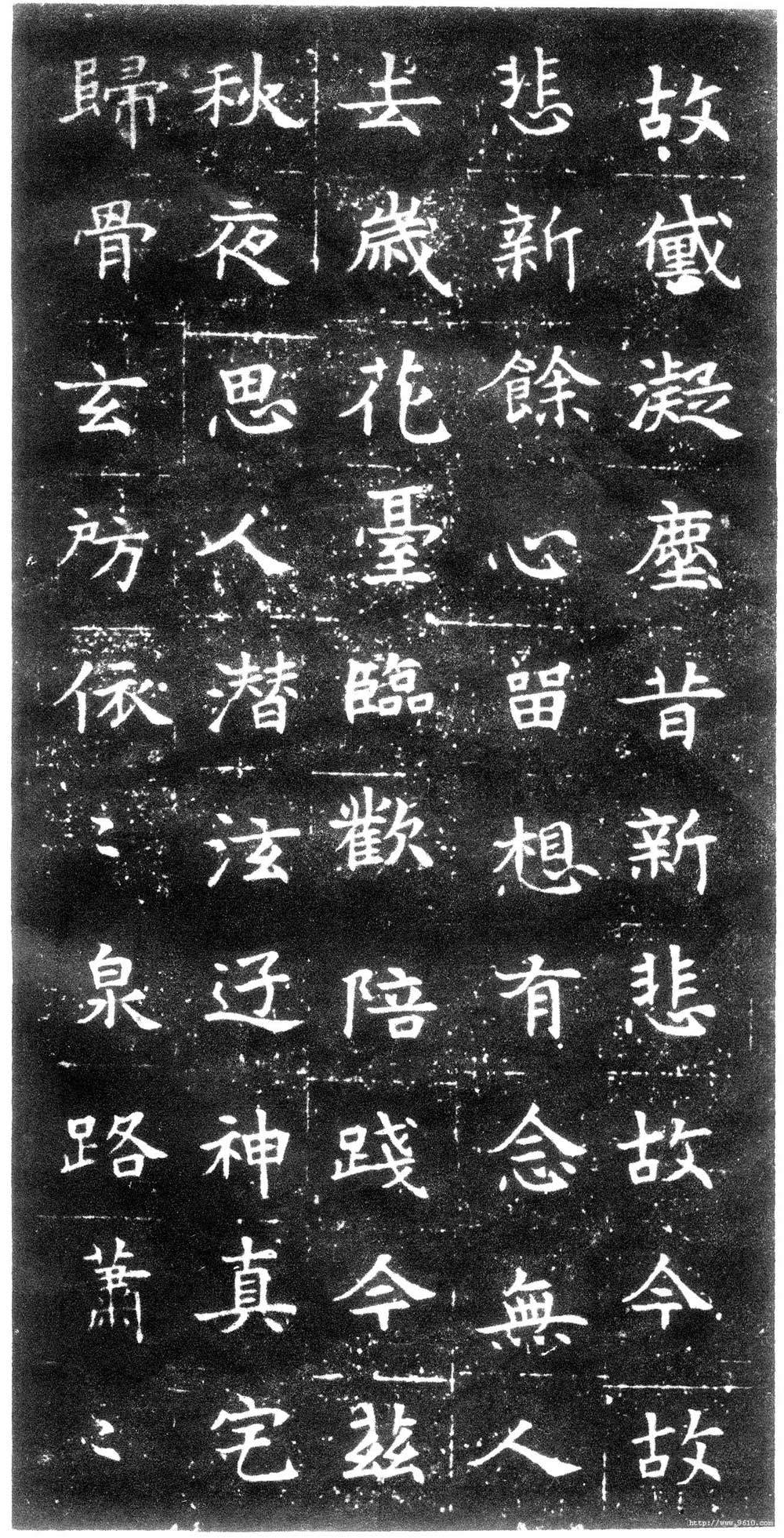
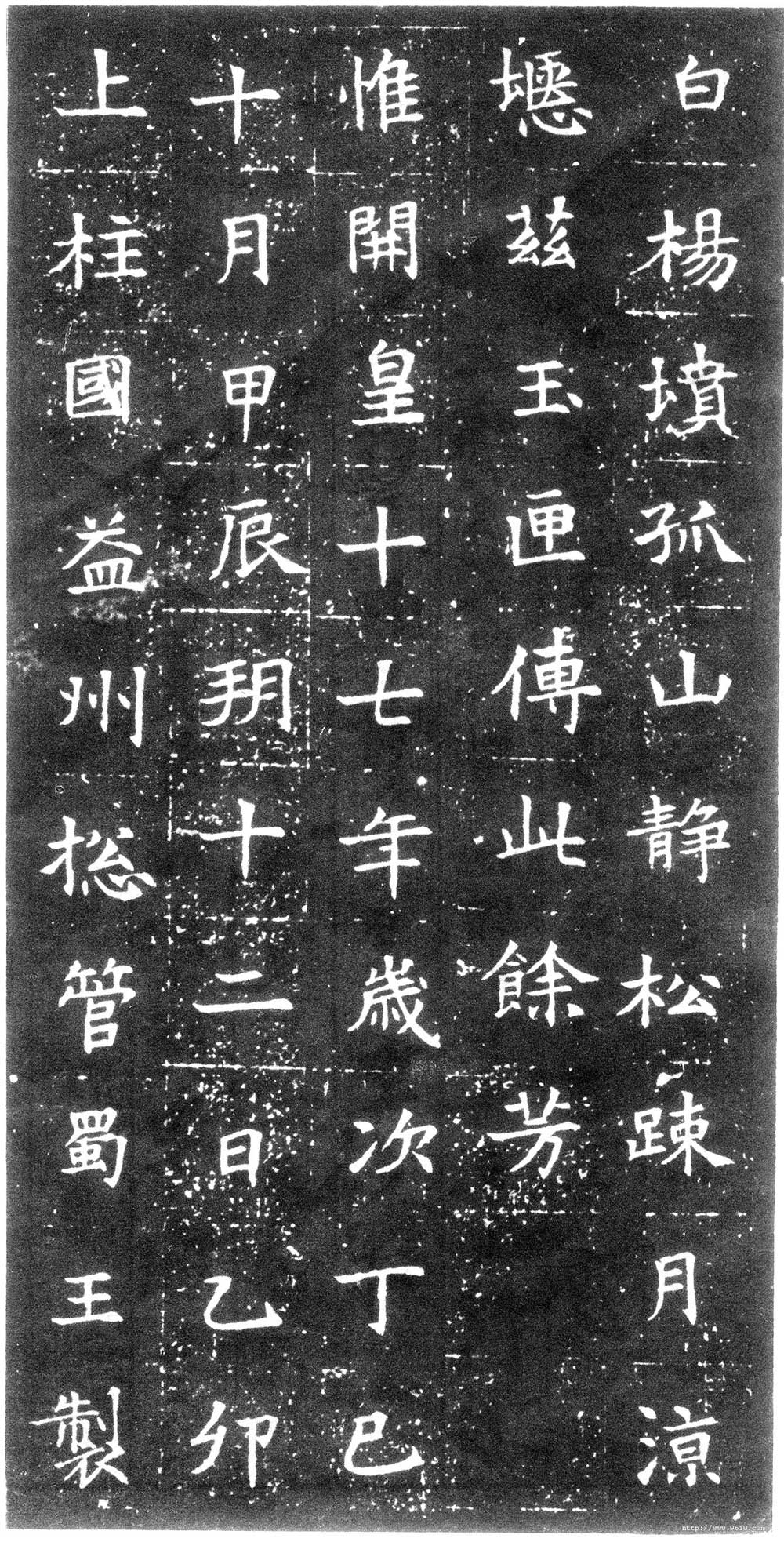
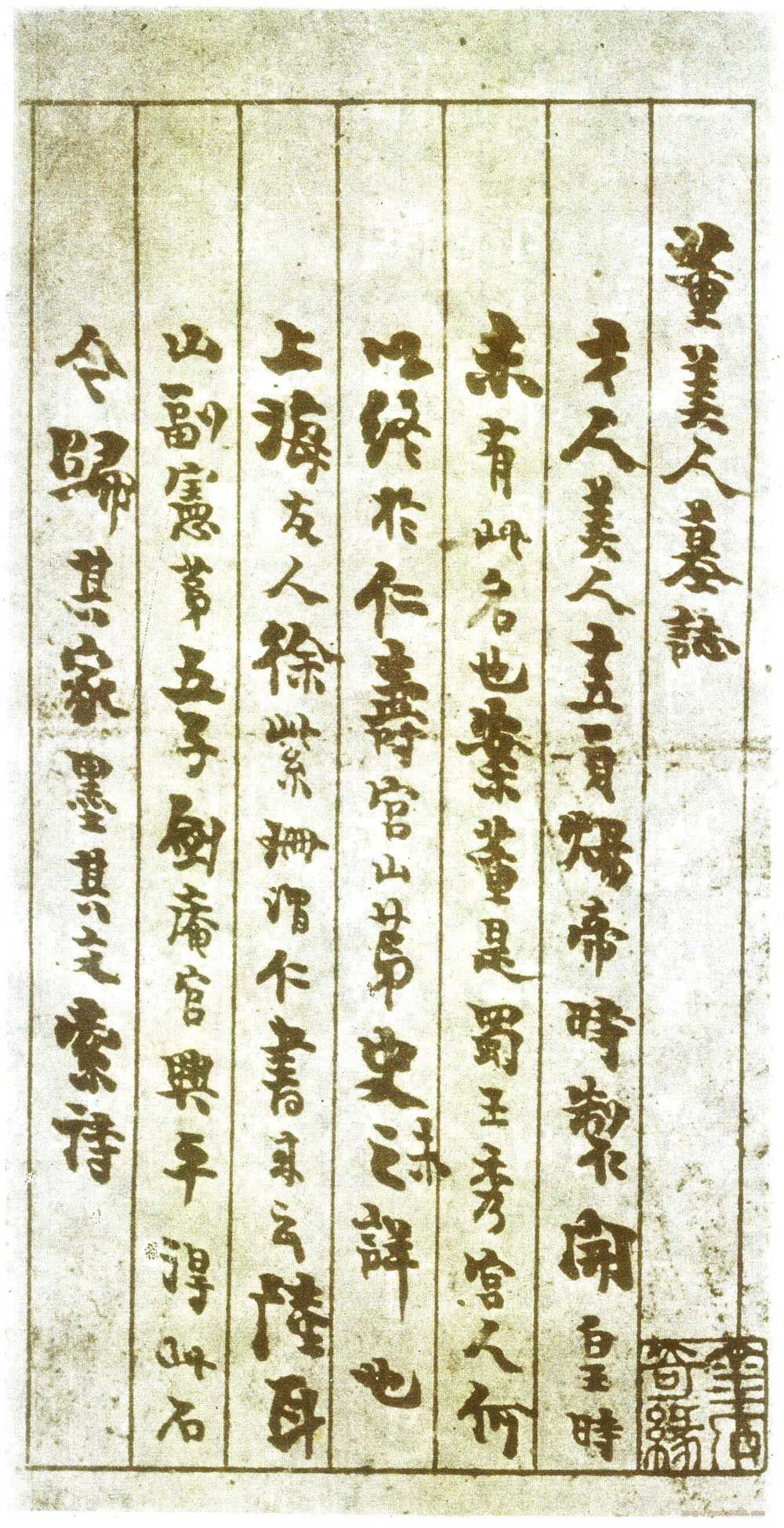
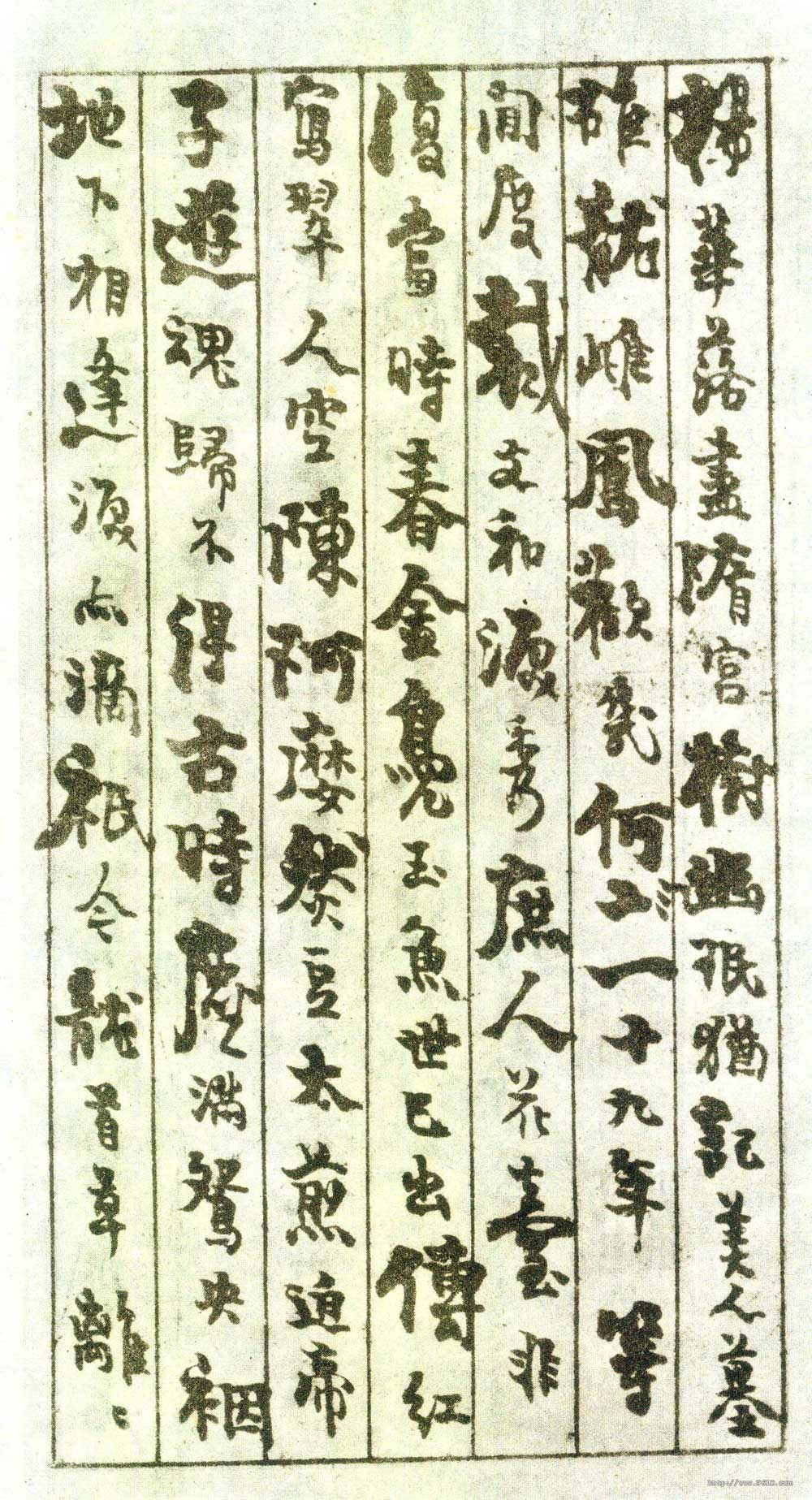
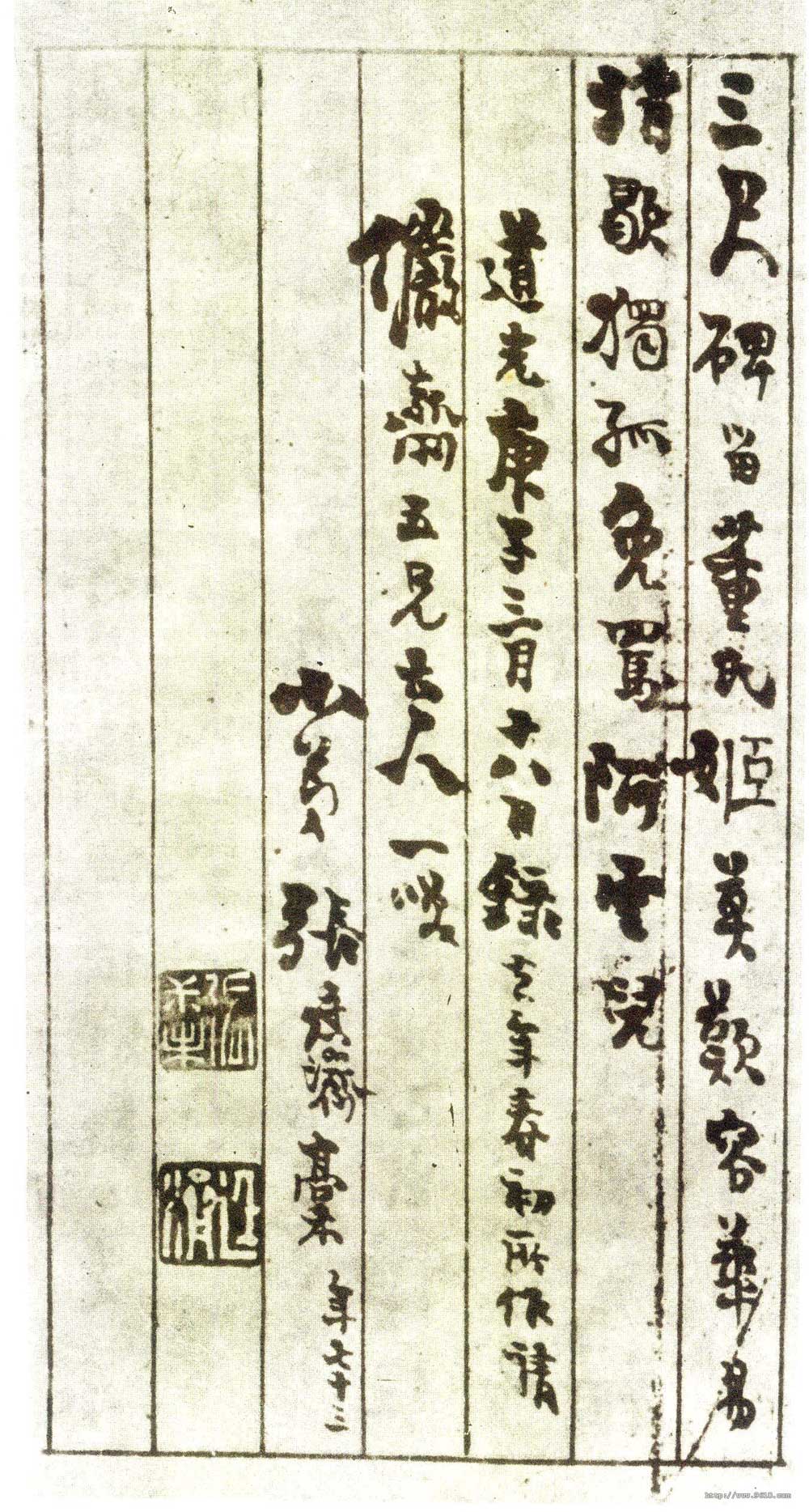
"Dong Meiren Epitaph (董美人墓志)" Rubbings of Xu Weiren's Family
The original text of "Dong Meiren Epitaph (董美人墓志)":
美人董氏墓志铭
美人姓董,汴州恤宜县人也。祖佛子,齐凉州刺史。敦仁愽洽,标誉乡间。父後进,俶傥英雄,声驰河渷。美人体质闲华,天情婉嫕,恭以接上,顺以乘亲,含华吐艳,竜章凤采 ,砌炳瑾瑜,庭芳兰蕙,既而来仪鲁殿,出事梁台,摇环佩於芳林, 袨绮缋於春景,投壶工鹤飞之巧,弹棊穷巾角之妙,妖容倾国,冶咲千金,妆映池莲,镜澄窓月;态转回眸之艳,香飘曳裾之风;飒洒委迤,吹花回雪。以开皇十七年二月感疾。至七月十四日戊子终于仁夀宫山。苐春秋一十有九,农皇上药,竟无救於秦医;老君灵醮,徒有望於山士怨此瑶华。忽焉雕悴,伤兹桂蘂,摧芳上年,以其年十月十二日葬於龙首原,寂荒陇陇 幽夜茫茫,埋故爱於重泉,沉馀娇於玄*(土遂);惟镫设而神见,空想文成之术 弦管奏而泉濆 弥念姑舒之魂 触感兴悲 乃为铭曰:
高唐独绝,阳台可怜,花耀芳囿,霞绮遥天,波惊洛浦,芝茂琼田,嗟乎頺日,还随湲川,比翼孤栖,同心只寝,风卷愁慔,氷寒泪枕,悠悠长暝,杳杳无春,落鬟摧榇,故黛凝尘,昔新悲故,今故悲新,馀心留想,有念无人,去岁花台,临欢陪践,今兹秋夜,思人潜泫,*(辶子)神真宅,归骨云房,依依泉路,萧萧白杨,孤坟山静,松疏月凉,*(土上匧下心)兹玉匣,传此馀芳。
惟开皇十七年岁次丁卯十月甲辰朔十二日乙卯
上柱国益州摠管蜀王制
内容解释:
美人姓董,汴州恤宜县人。祖父叫董佛子,齐朝凉州刺史。敦厚仁慈博学、与人相处融洽,他的名誉在乡间广为流传。他的父亲是董后进,风流倜傥、有英雄气概,他的声名在黄河与渷水两岸都广为流传。董美人体质文雅优美,天性柔顺和美,对待长辈很恭敬,对亲人很温顺。谈吐与作文,都很有文采。就像台阶上的美玉,庭院里的兰蕙芳草,来仪(入宫)于鲁殿,又出宫到梁台去侍奉,她的环佩在芳林里回响,她的衣服在春景里耀目。她作投壶的游戏时,有鹤飞那般的巧妙;在弹棋时能尽巾角的巧妙。她美丽的容颜能倾国倾城,她冶由的笑貌可值千金。她的靓妆就像池上的莲花,她照镜的时候,就像是月亮挂在窗上(均指其花容月貌)。她回眸时的神态很香艳,她的裙裾散发的清香如细风;她走路时,头发就像是吹过了花,又像是雪轻柔地飘过(用《洛神赋》的典故)。
她在开皇十七年二月时得病。到七月十四日戊子,在仁寿宫山逝世。她才19岁。用神农、羲皇氏的药去救她,也无济于事。太上老君的灵丹,也回天乏术,只能对着山中的道士埋怨,叹惜她的大好年华。忽然就像花一样凋谢了,令人很伤感。在那一年十月十二日,葬于龙首原,那个坟上很荒凉,晚上她必将很寂寞,夜也很长。将令人爱慕的人埋于九泉。只有在设灯时见到她的精魂,想文成这个方士来作法,让我在梦里见到她,也没有办法。音乐响起,希望能令你的魂愉悦。很伤感,于是作了这个铭:
高唐神女走了之后,阳台这里就很凄凉。花在充满芳草的园子里,云霞飘到了遥远的天边。洛水边的波浪太大惊动了洛神,琼田里的灵芝还是很茂盛。在日落时嗟叹,在流逝的河水旁感喟。比翼鸟要单飞了,同心人只能孤枕独眠。风扫过愁苦的黄昏,枕边的泪水就像冰一样寒冷。夜晚很长睡不着觉,四季里仿佛没有了春天。放下的头发只能在棺木里,以前的眉黛只能和尘土长在。以前的人悲痛逝去的人,现在的人,却又悲痛那些曾经悲痛过别人的人(就像《兰亭序》里说的“后之视今,亦犹今之视昔”),馀下的人只留下想念,却再也见不到思念的对象。去年游玩花台,与喜欢的人一起散步,现在的秋天凉夜,思念古欢,不禁泪下湿襟。她的元神回到了本来的宅所,她的仙骨返回了云房。黄泉的路上她依依不舍,留恋阳界,白杨树发出萧萧的哀鸣,孤单的坟冢在静寂的山中很凄苦,松树的枝杈疏疏落落,扫着如水的凉月。把这个铭装在玉的箱子里,使她的余风流韵得以永续。

